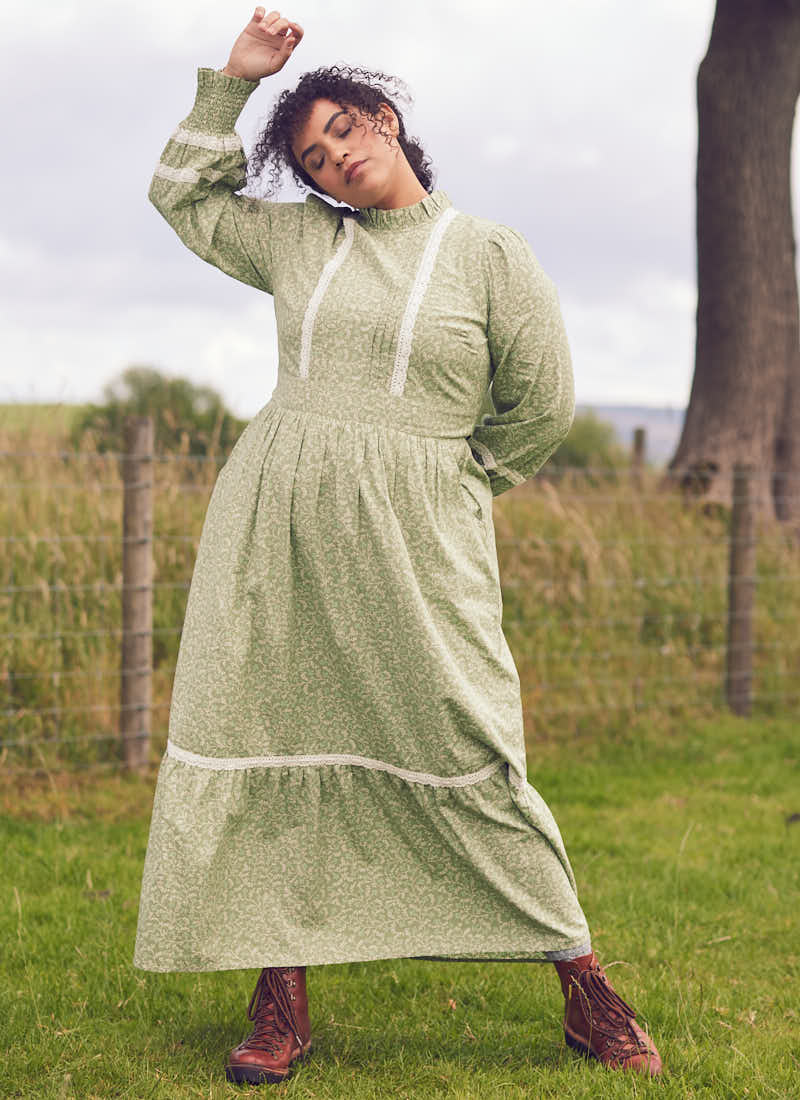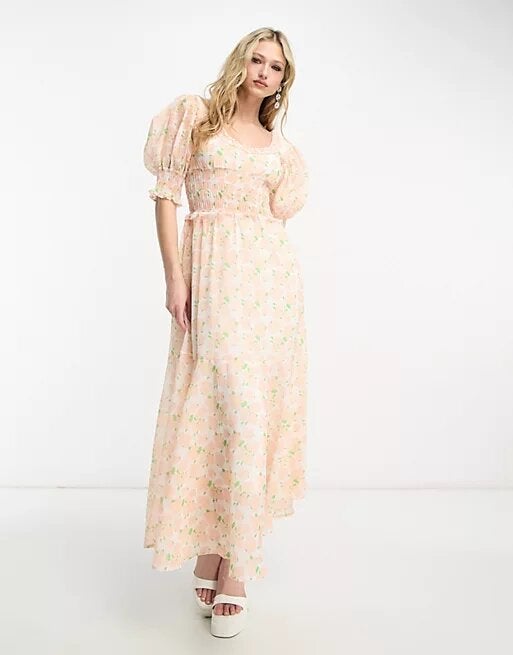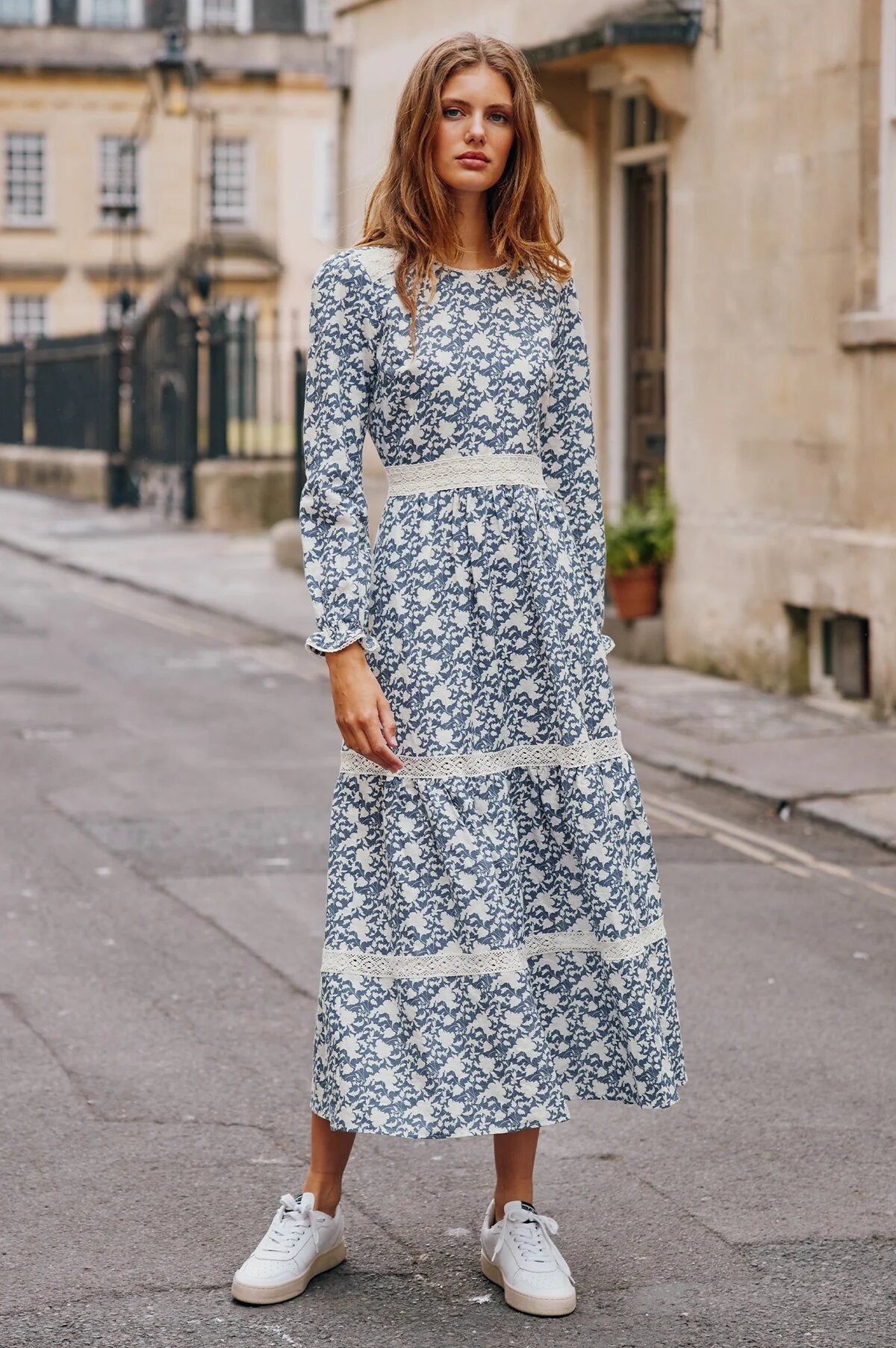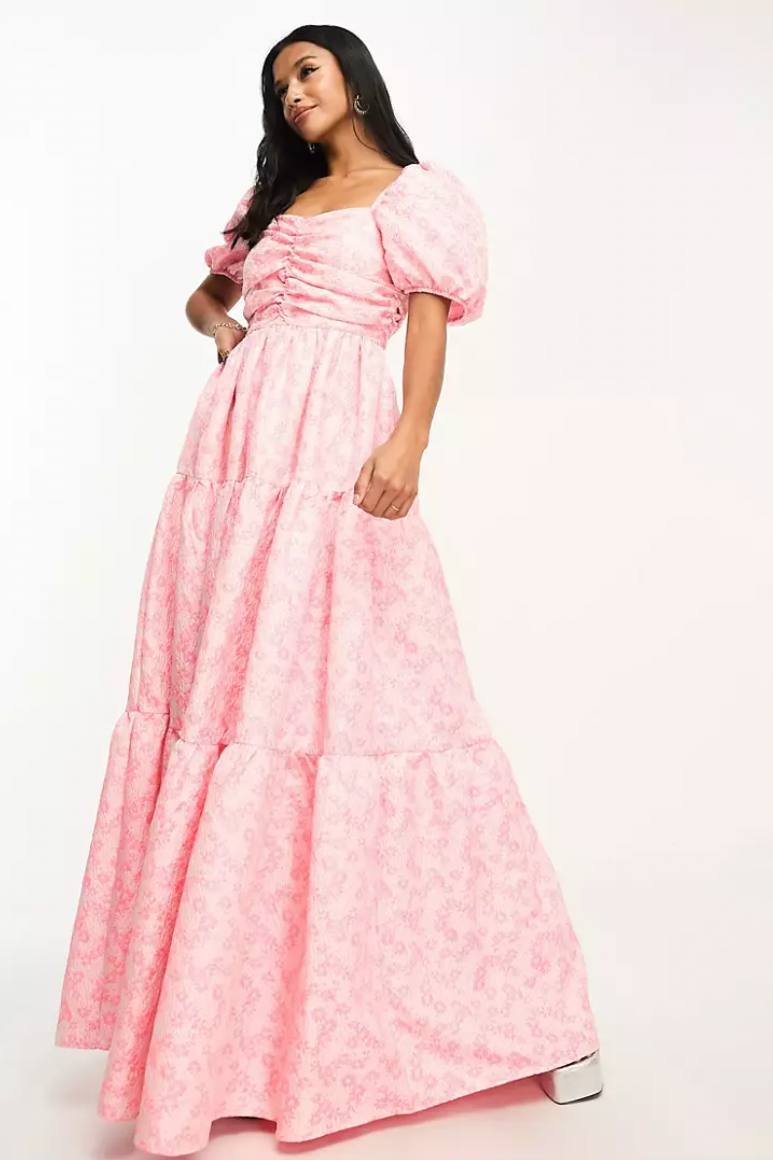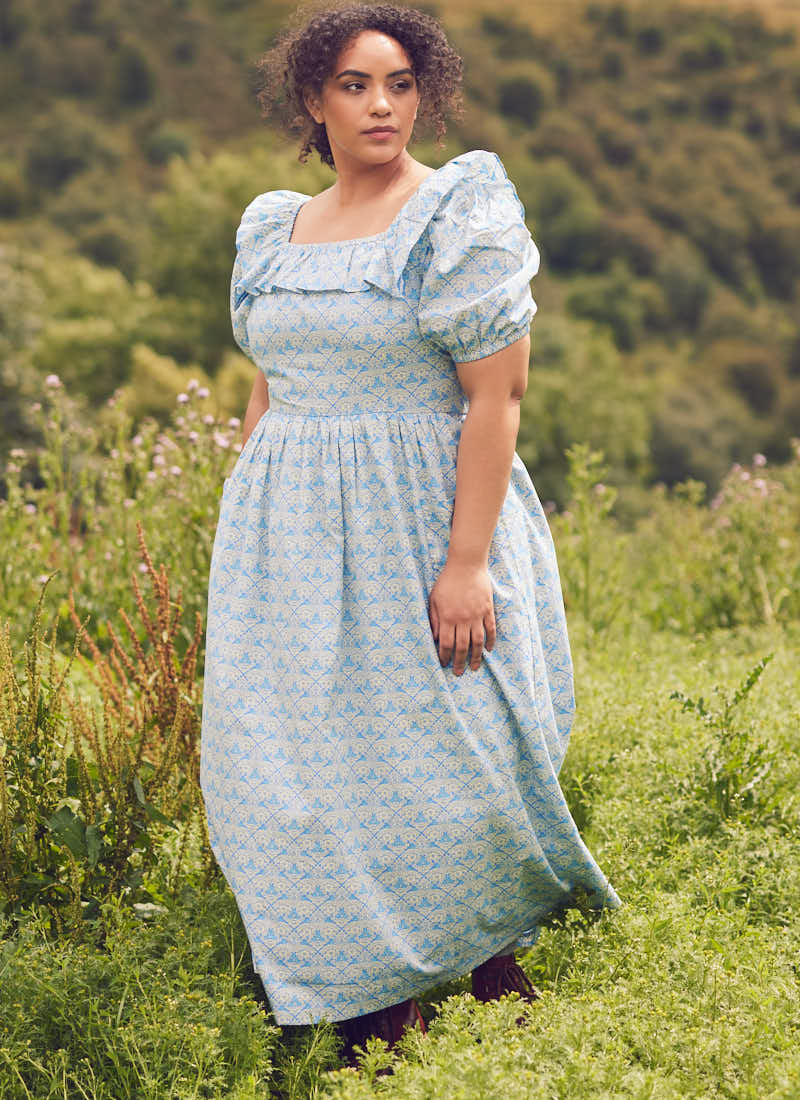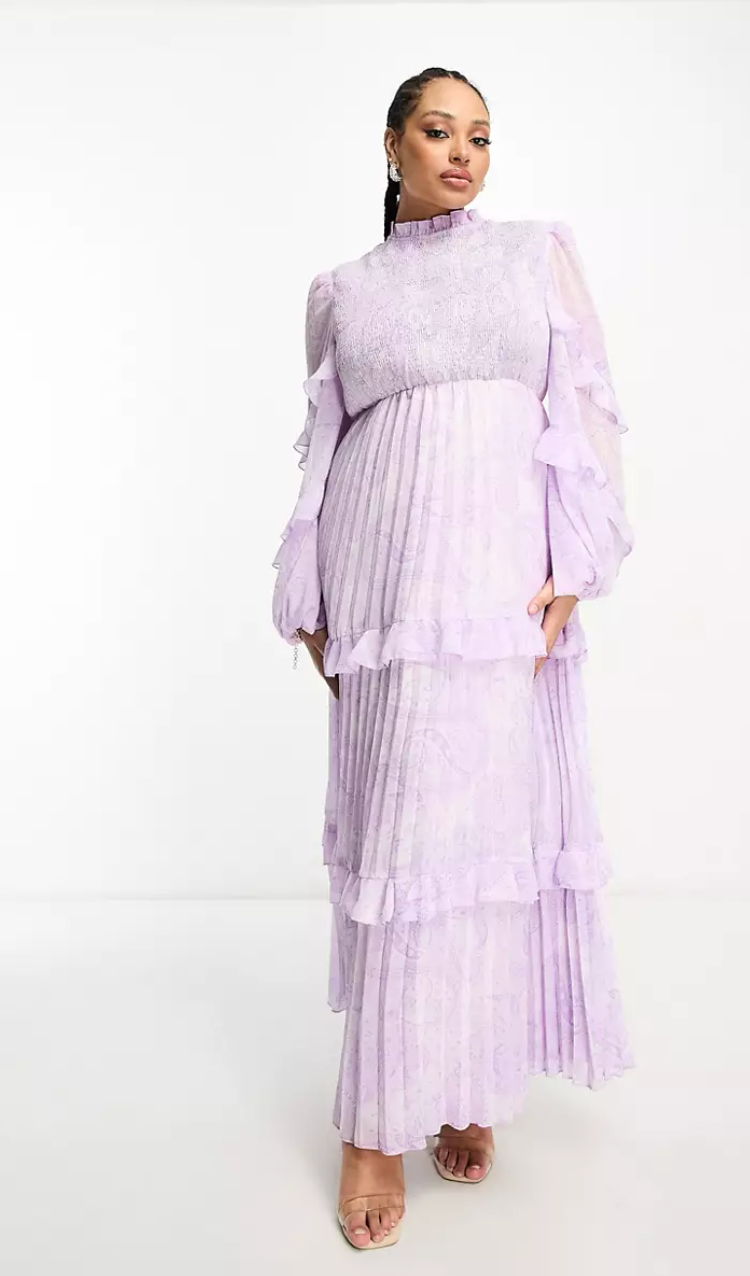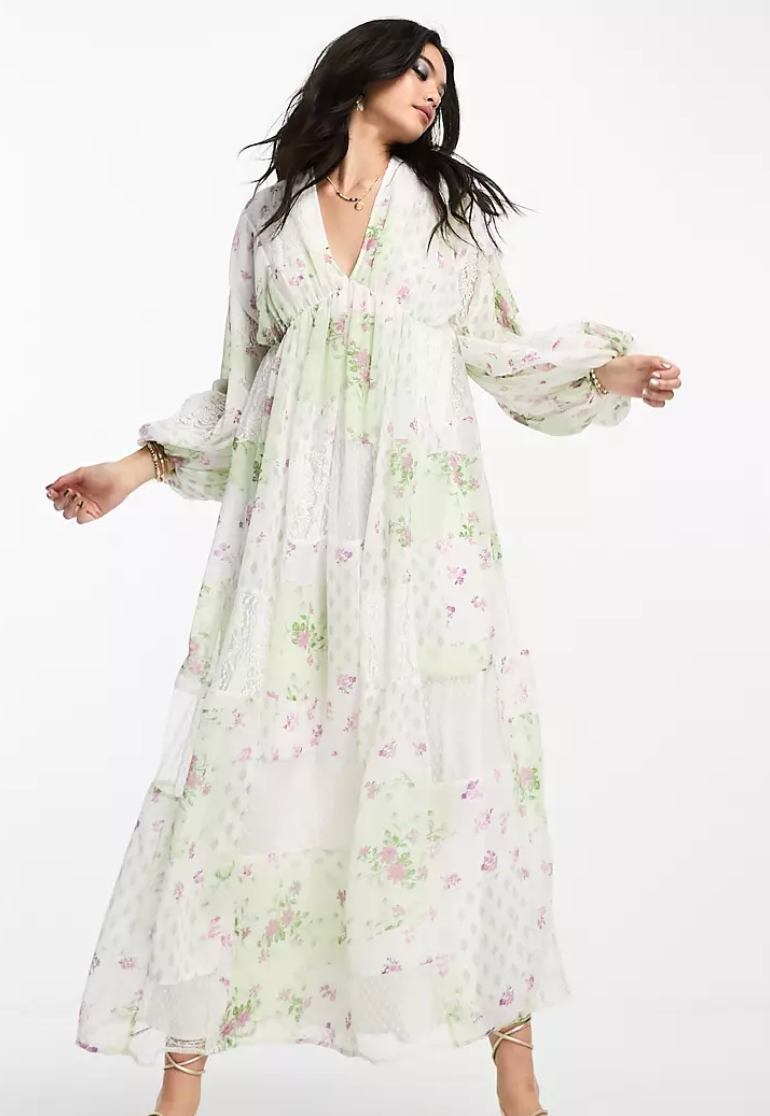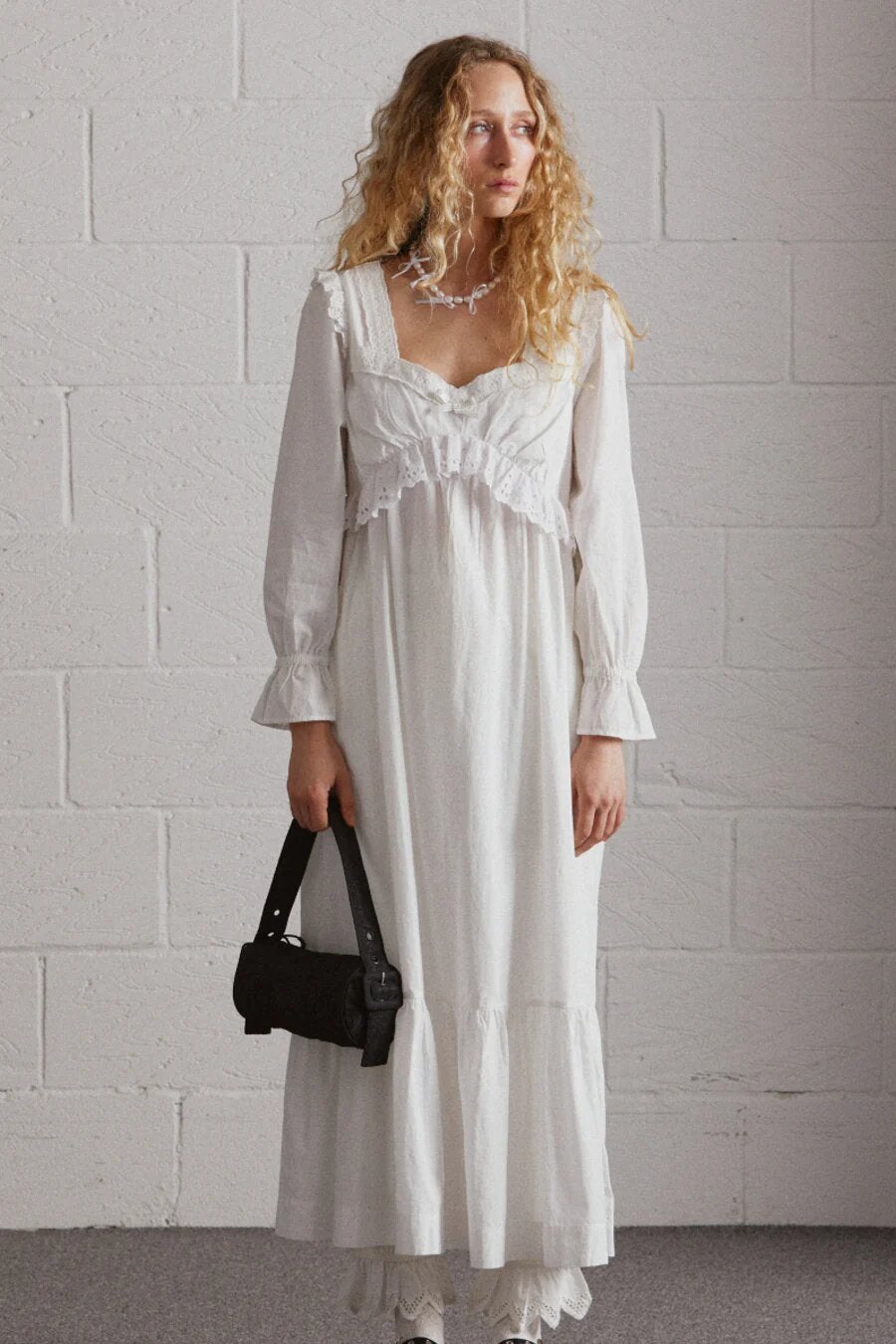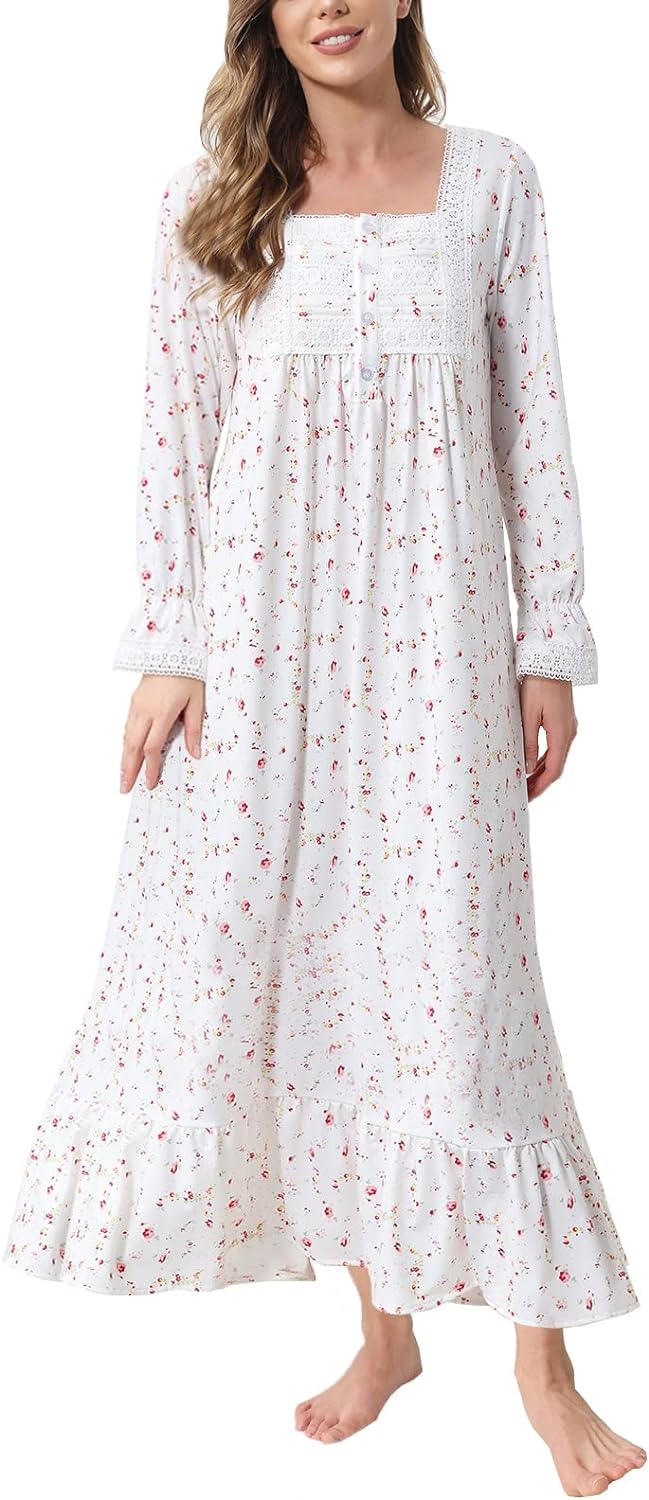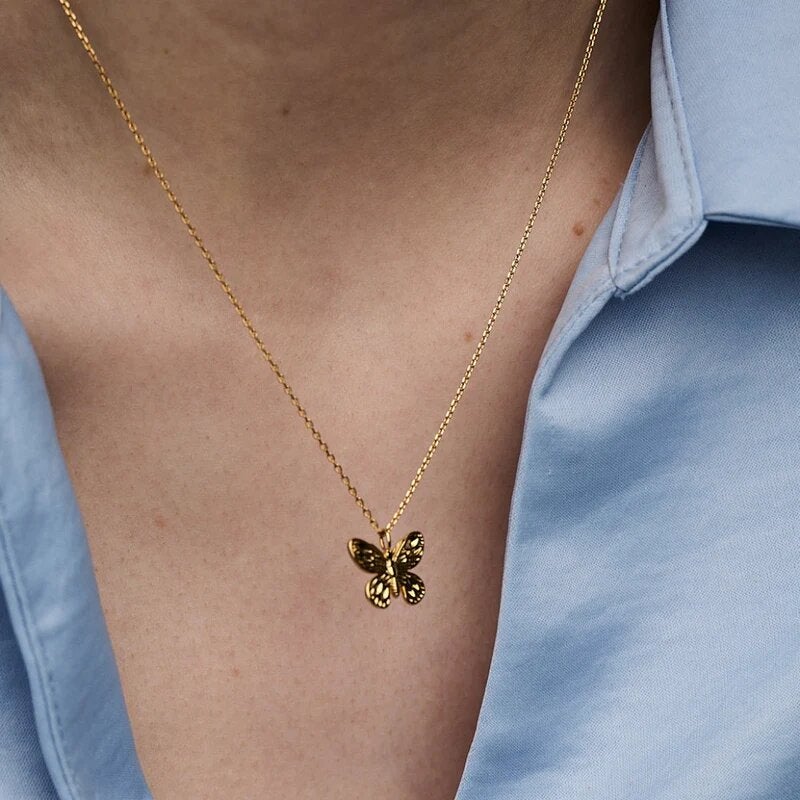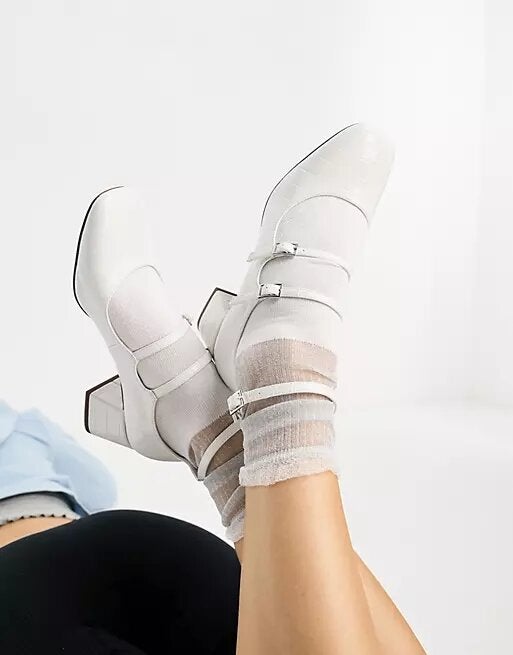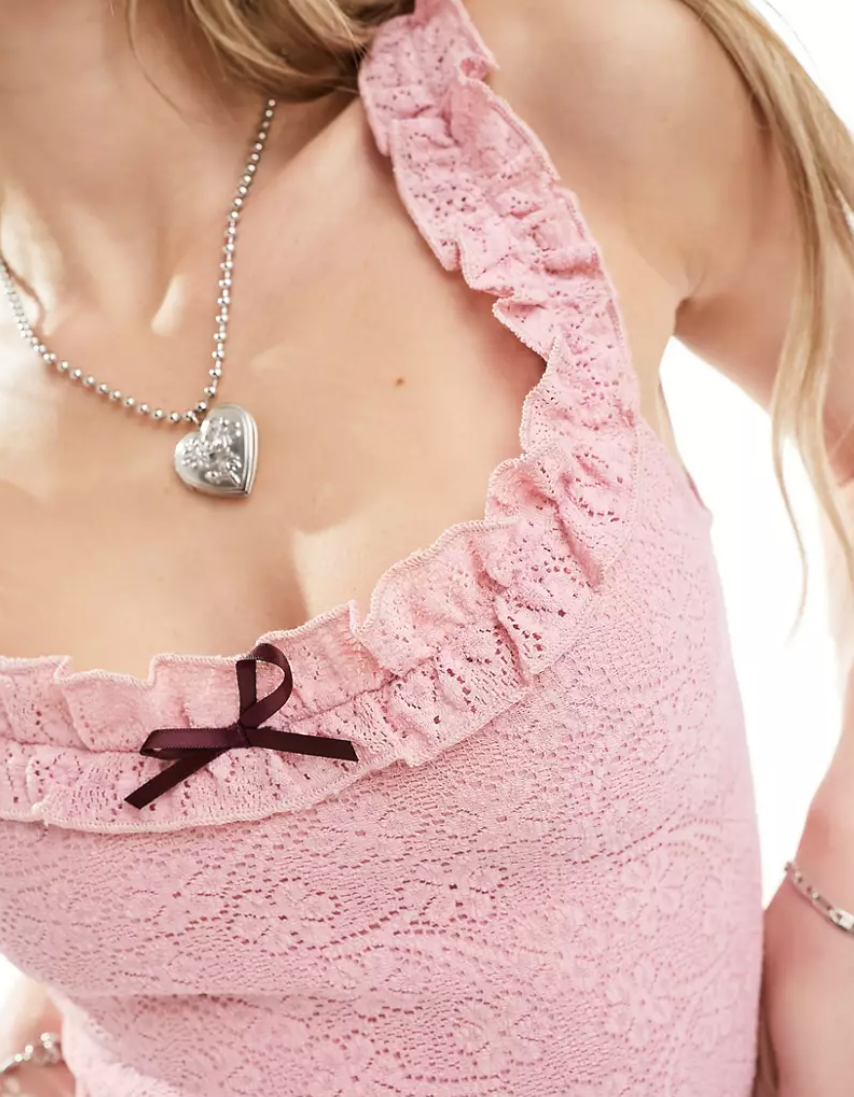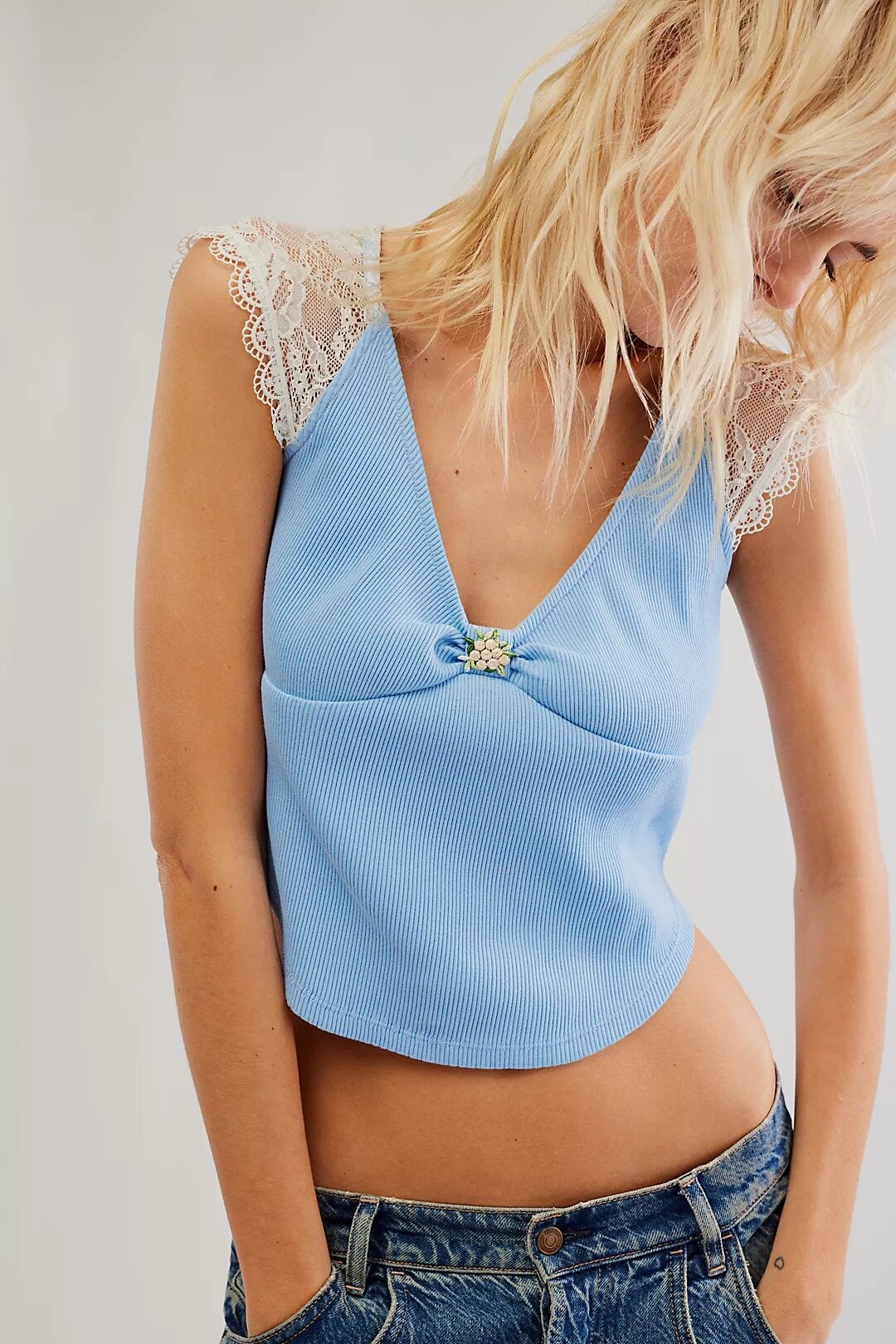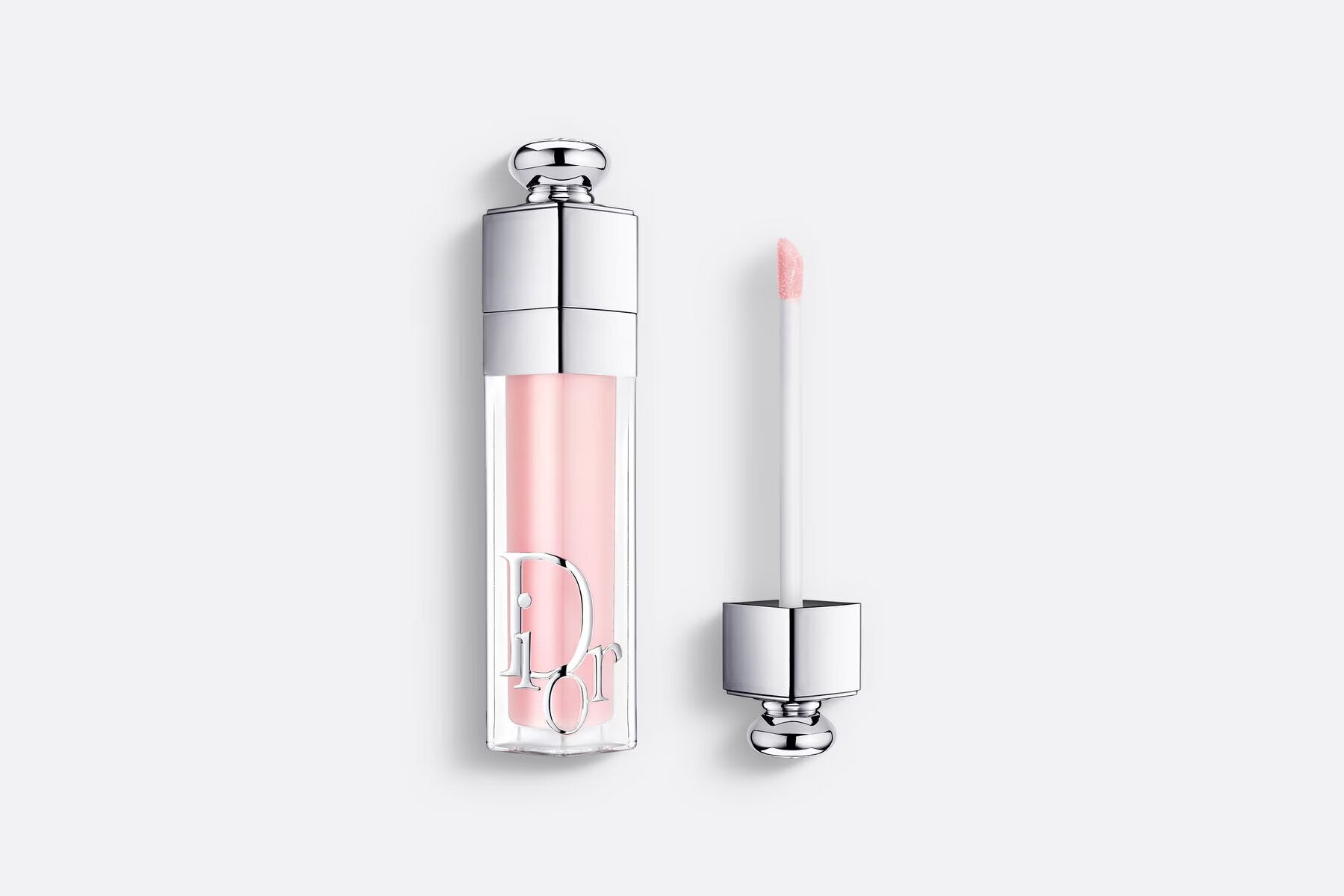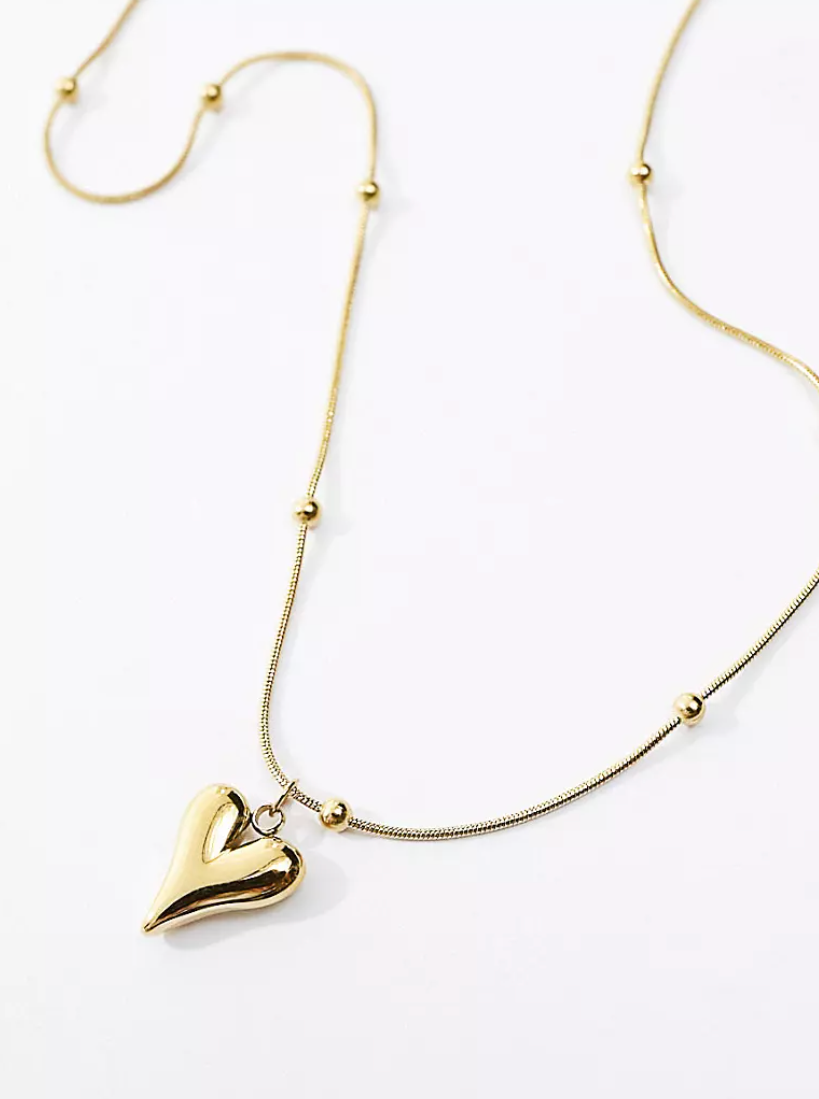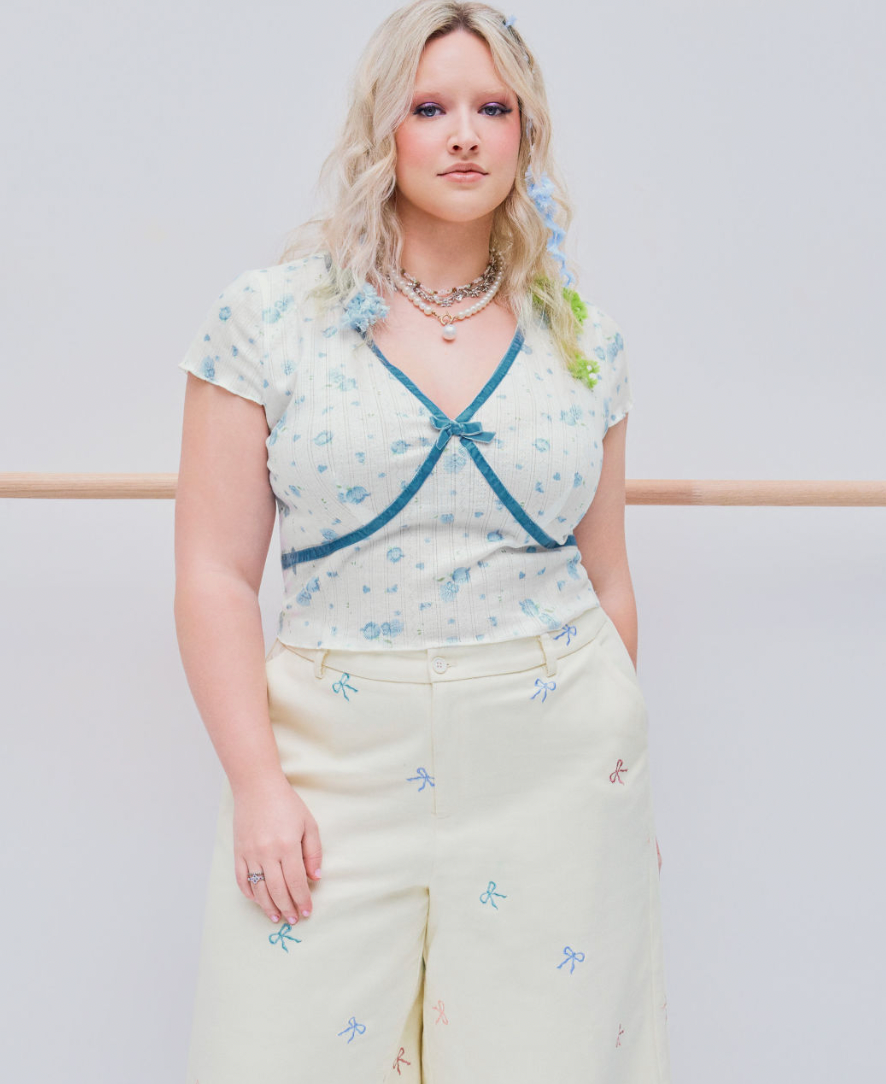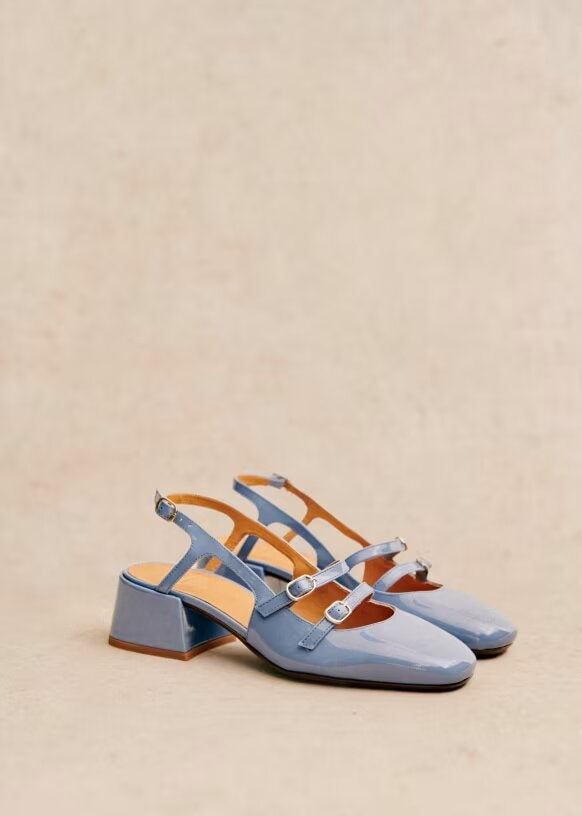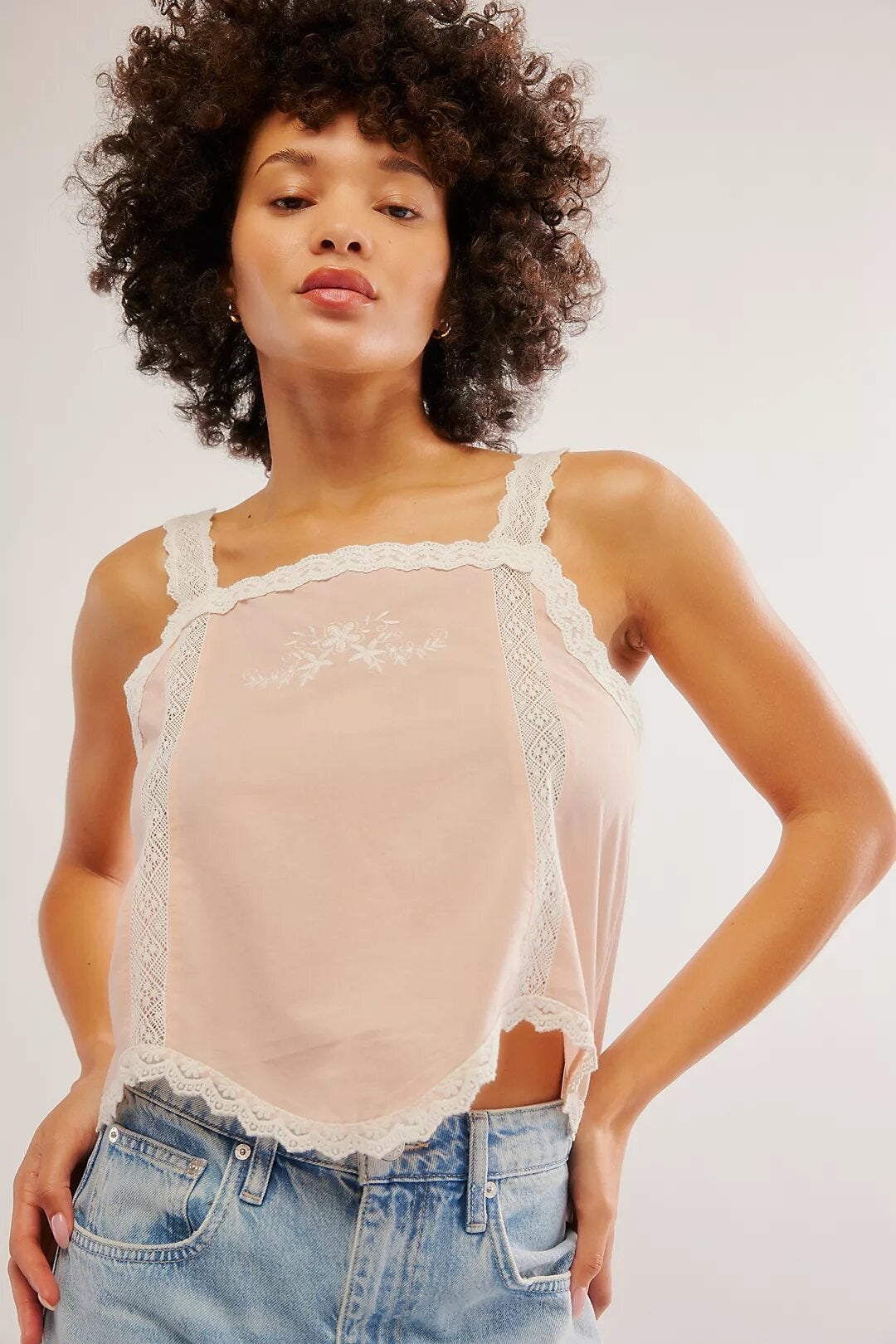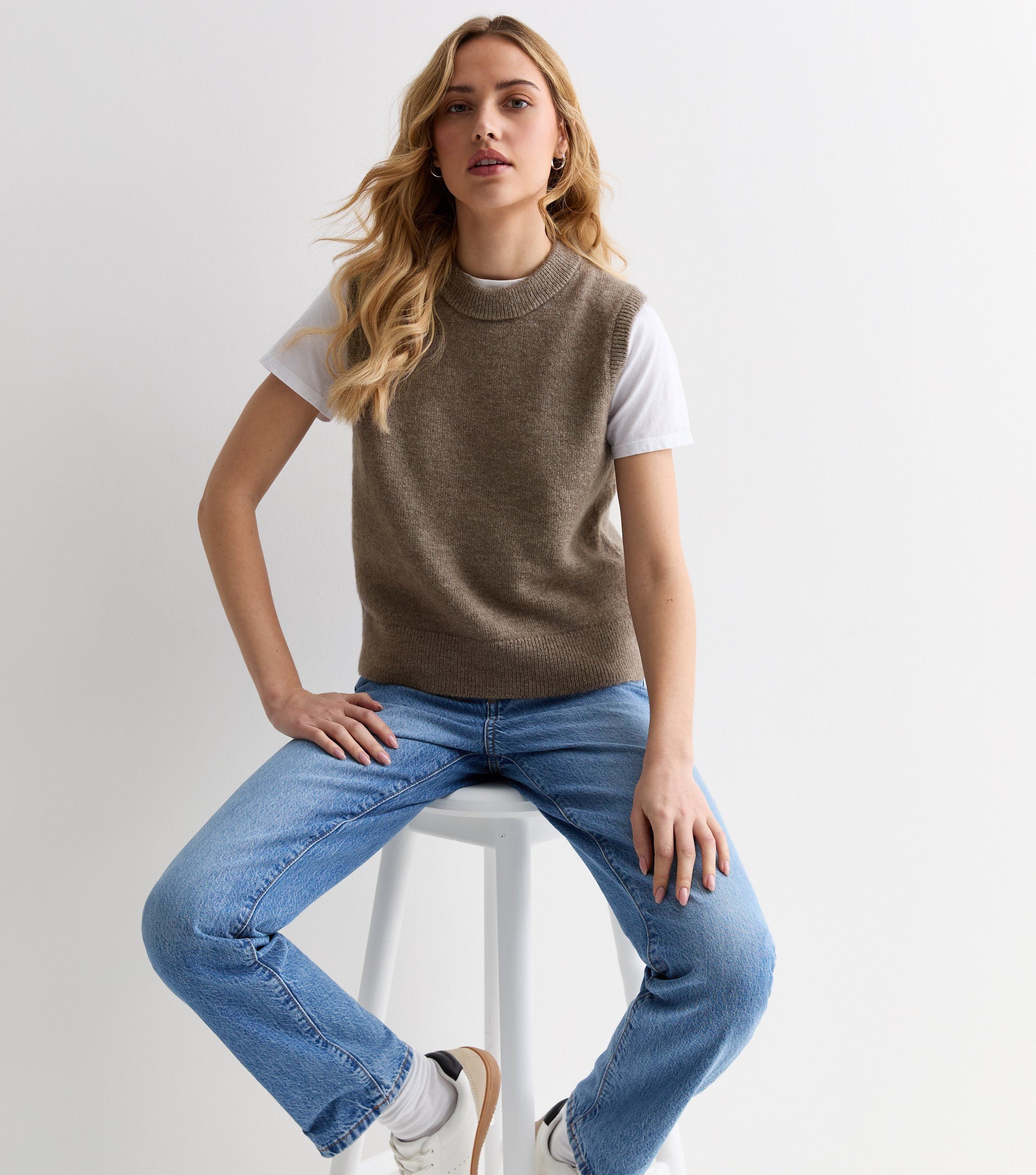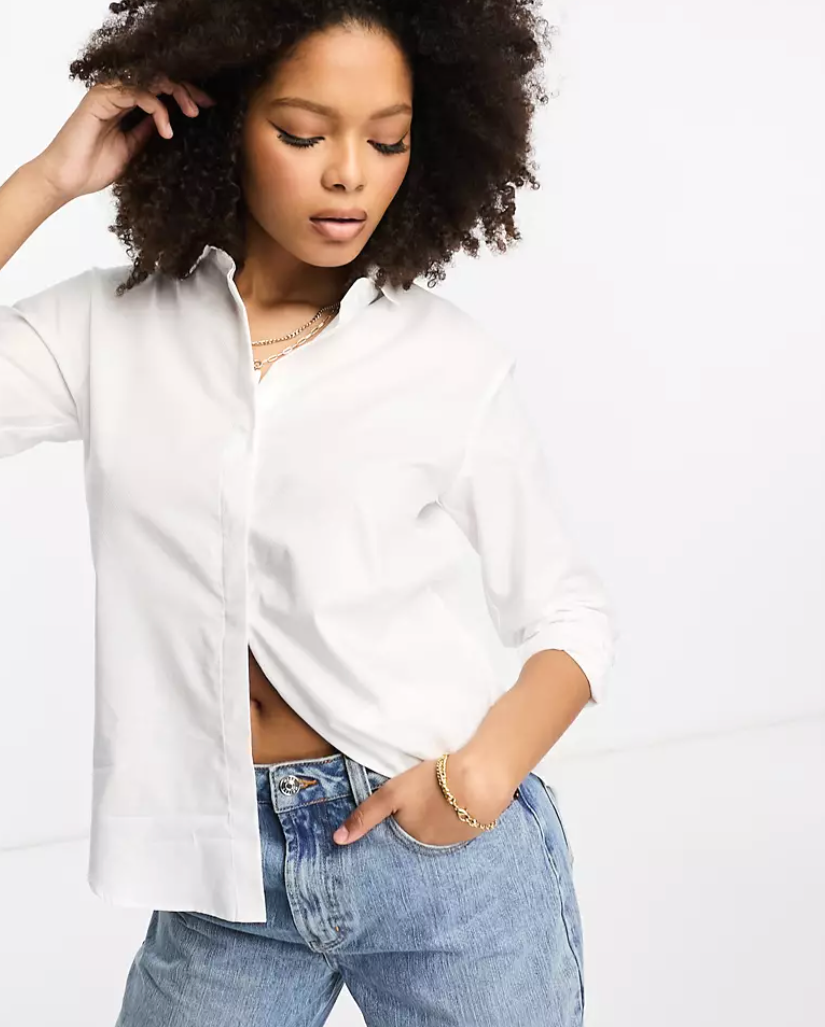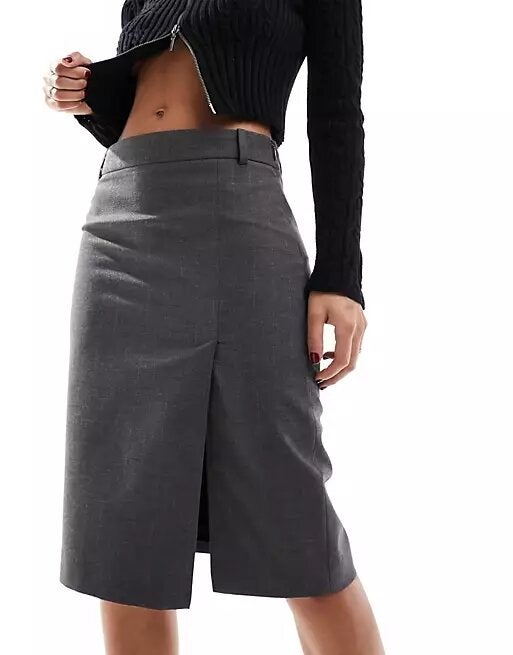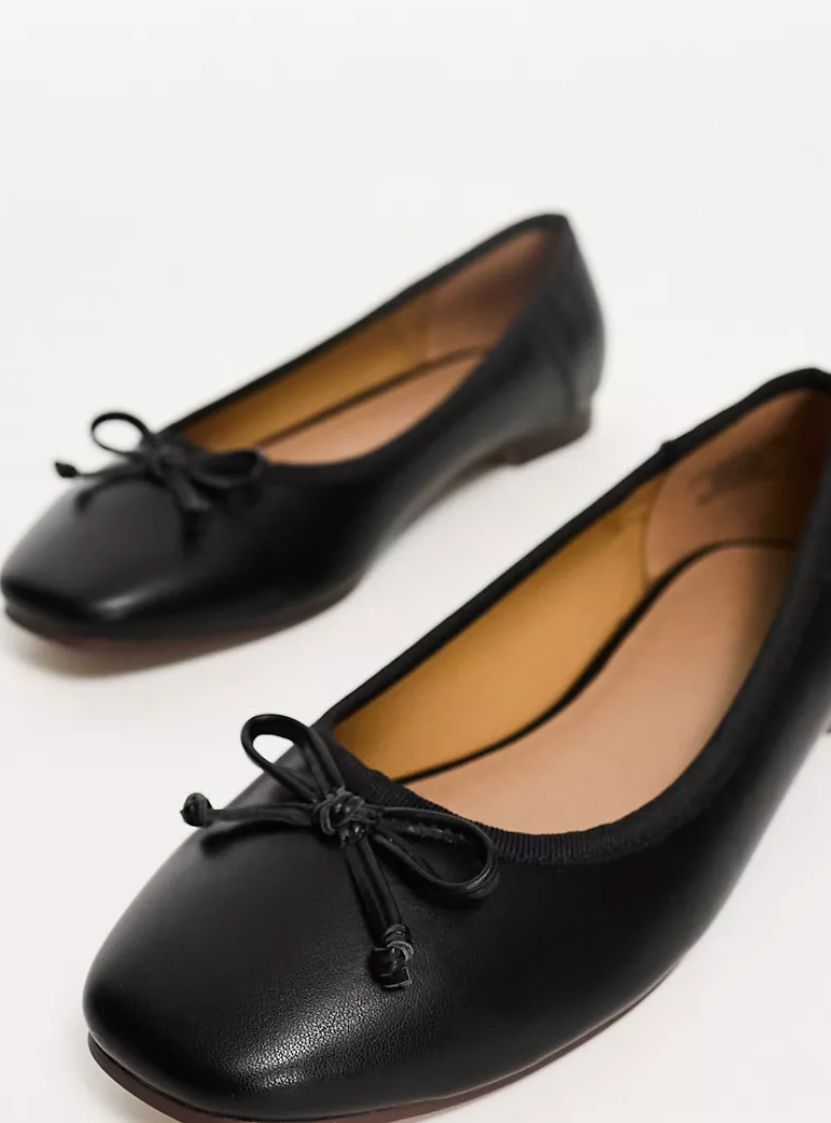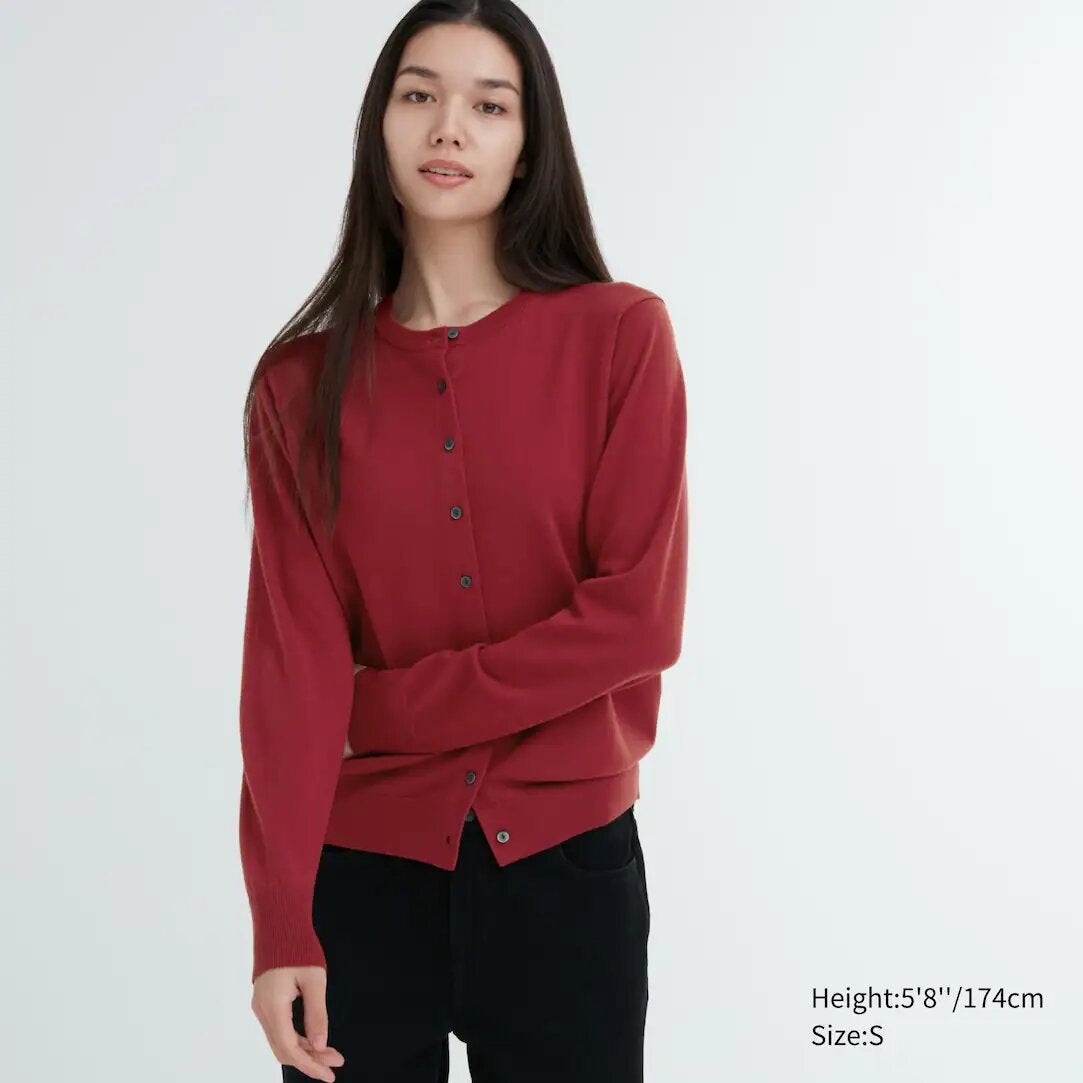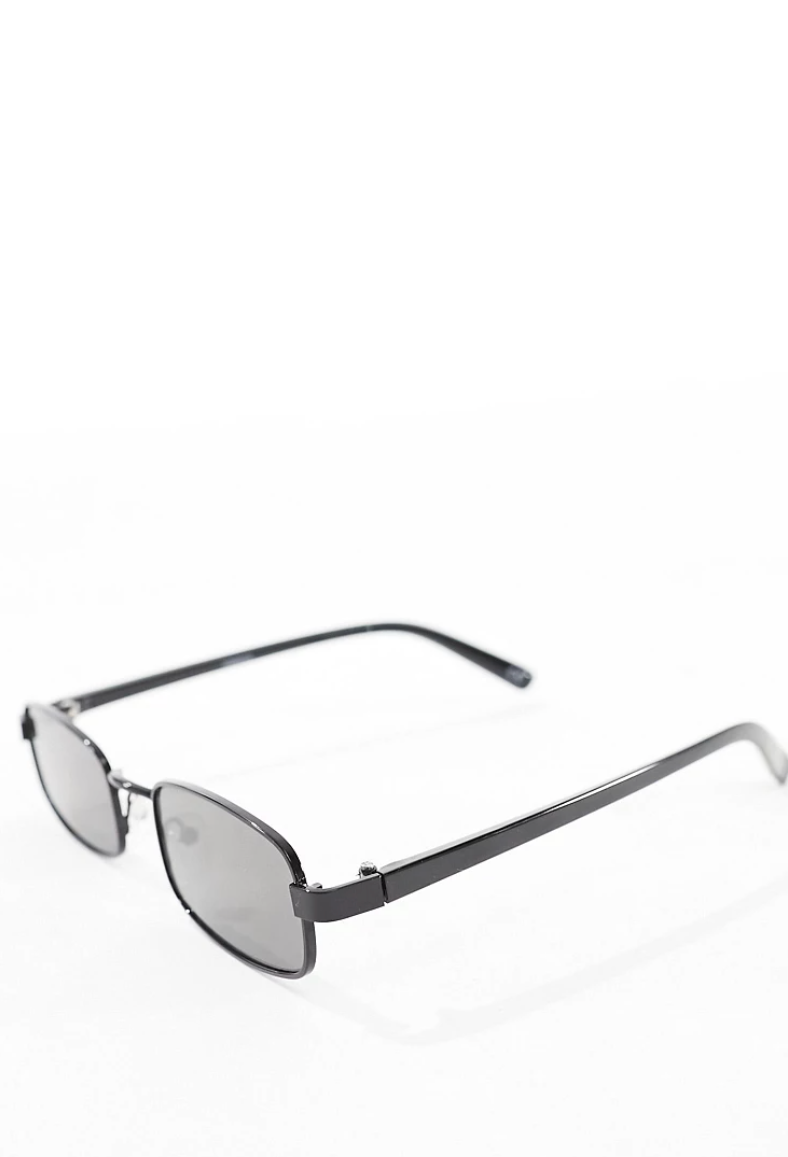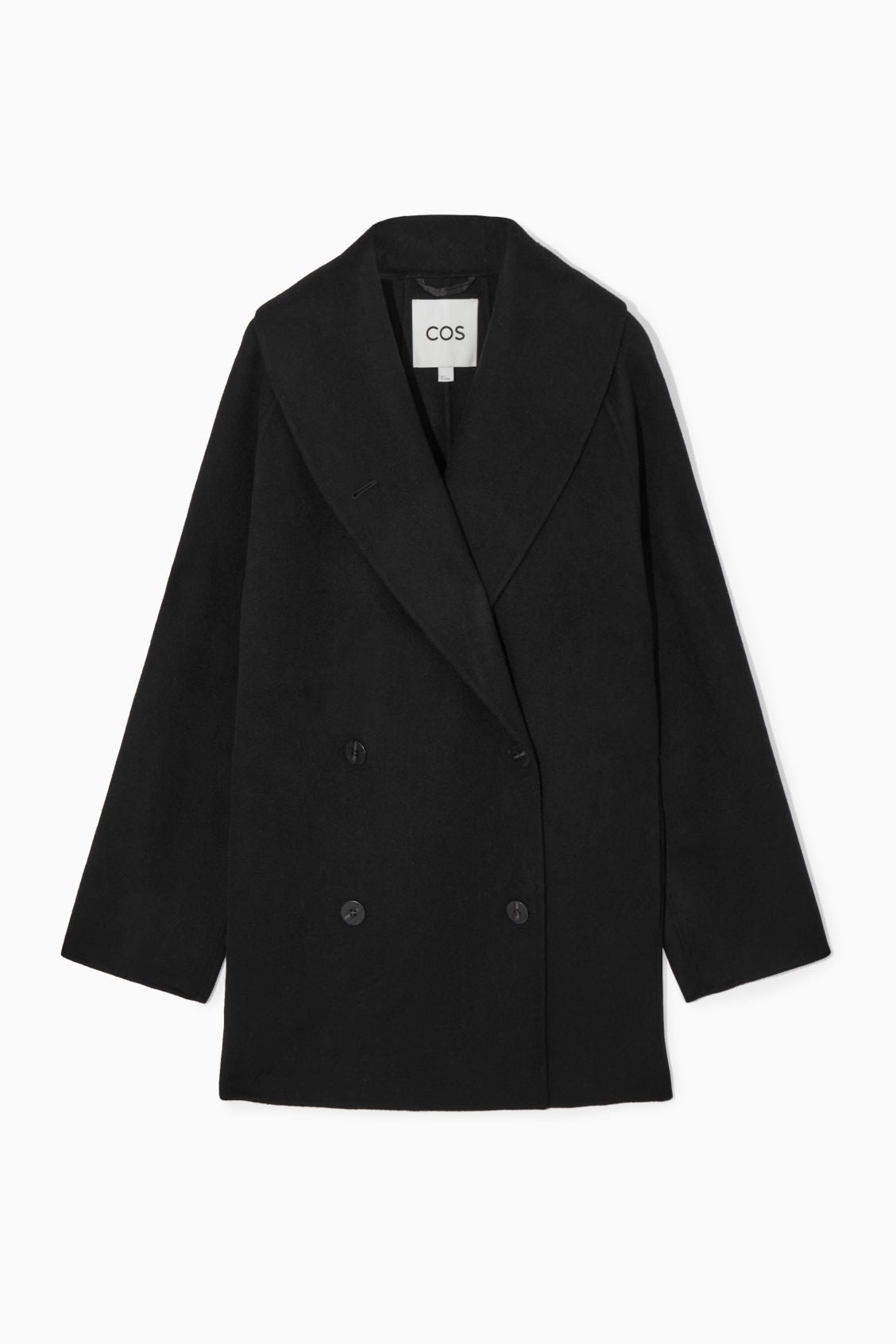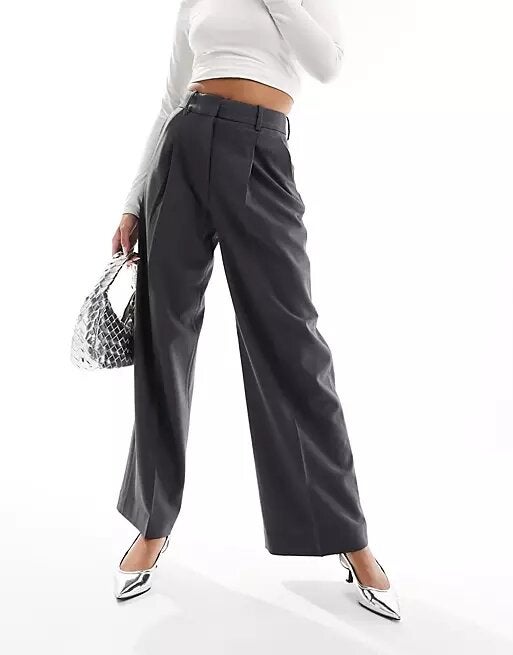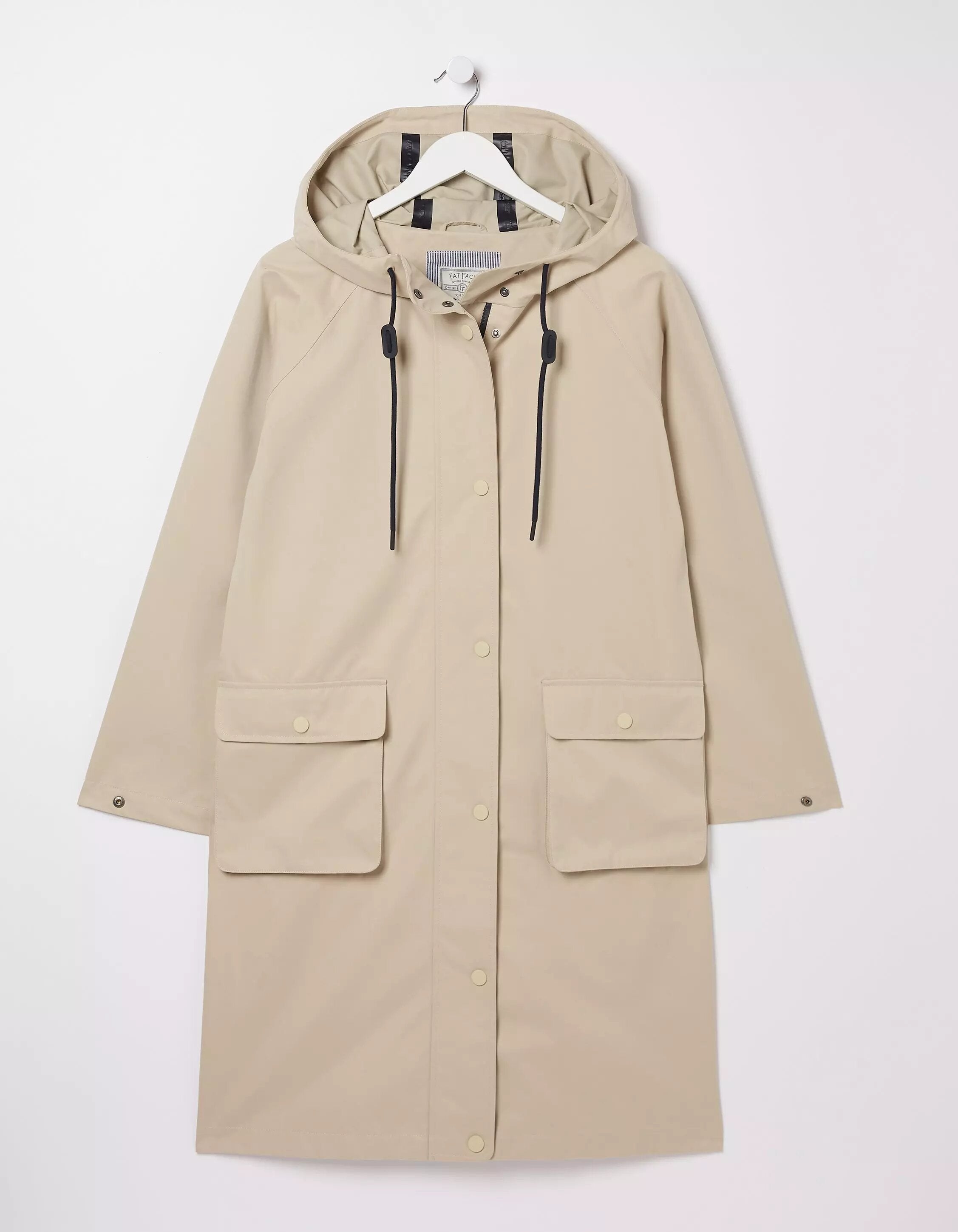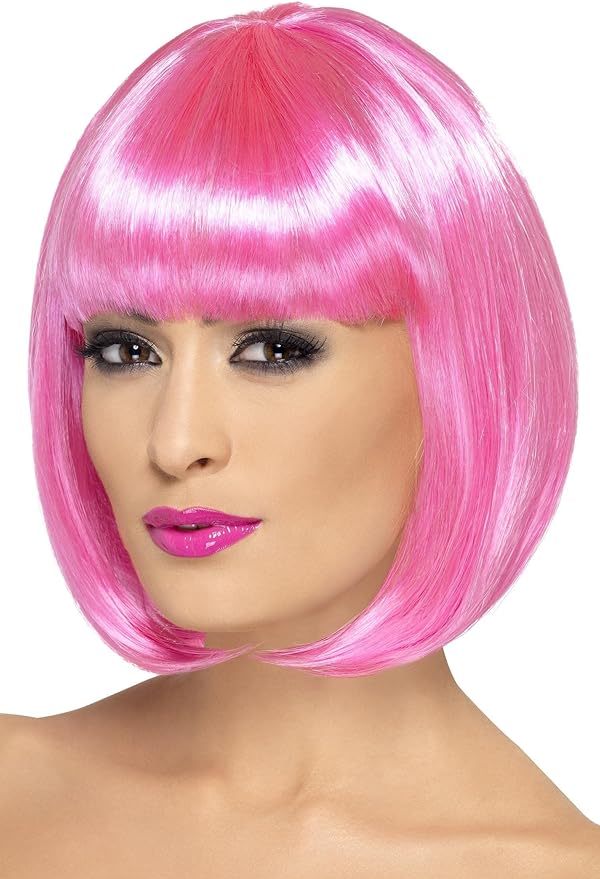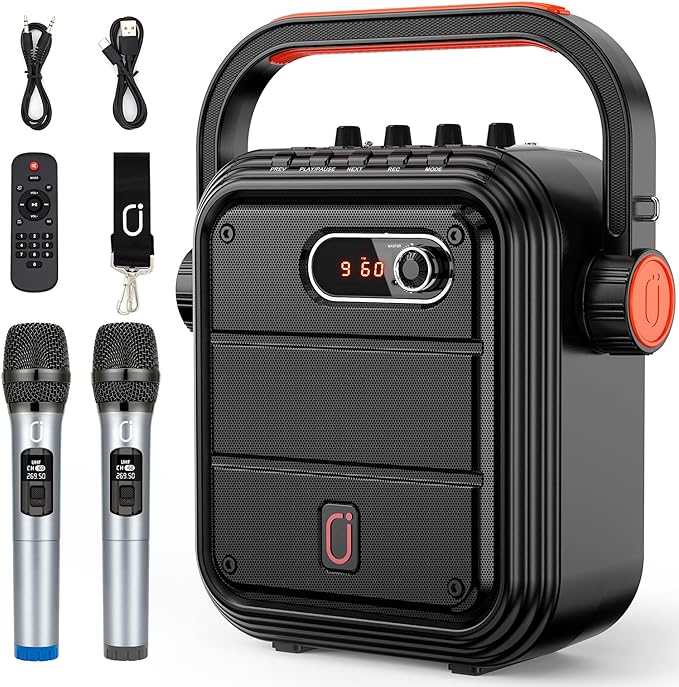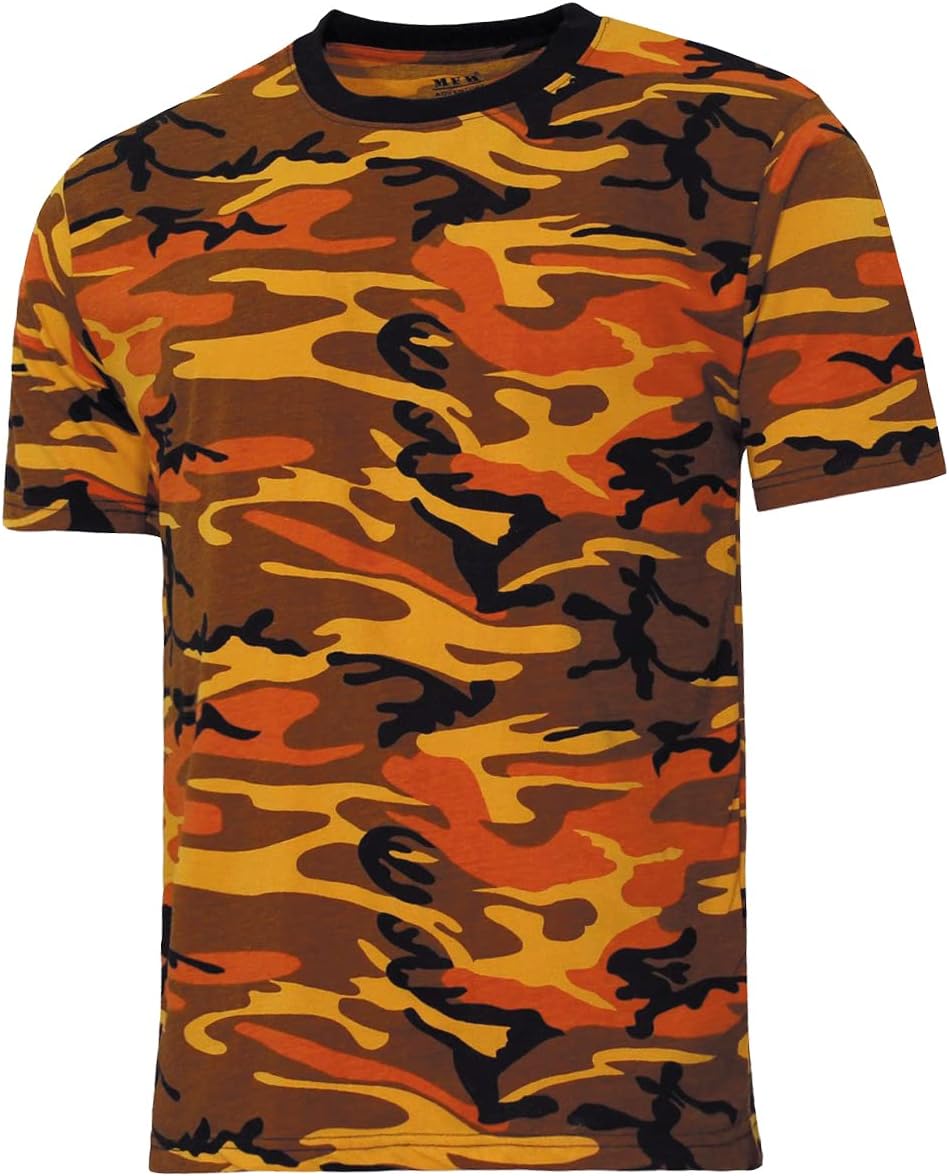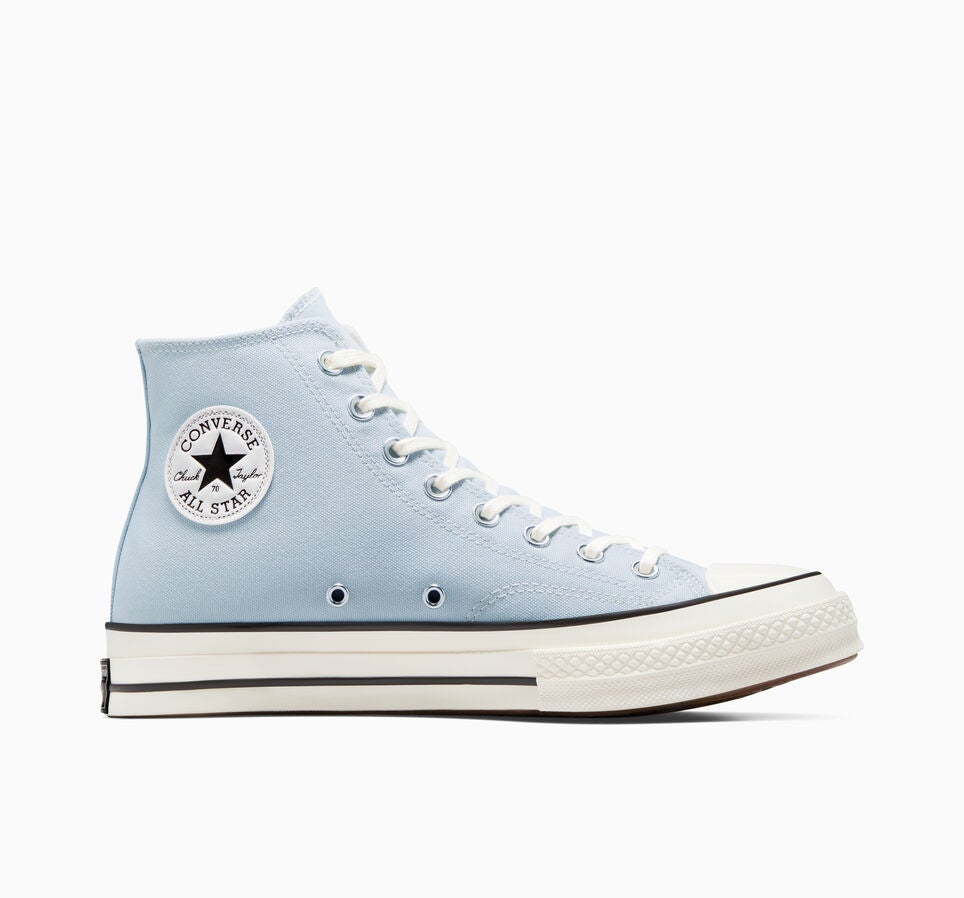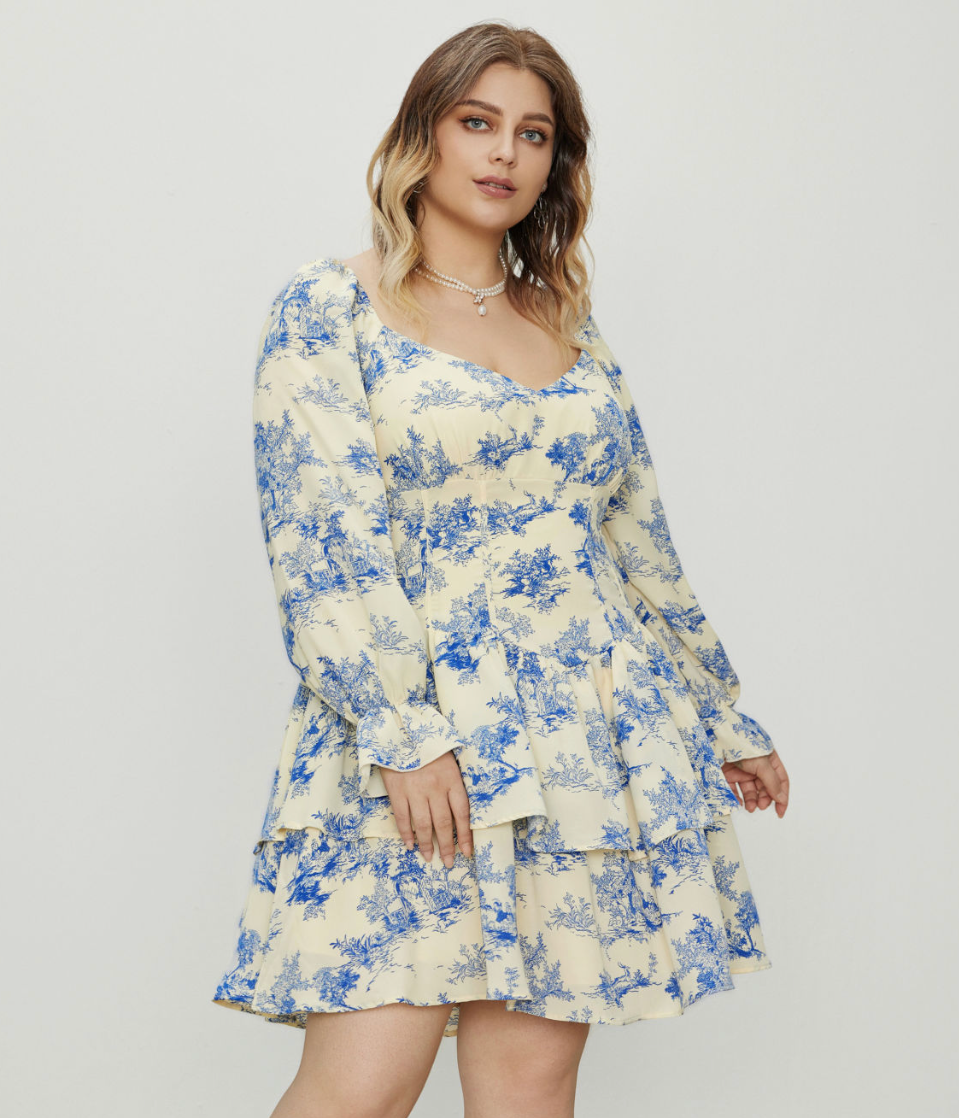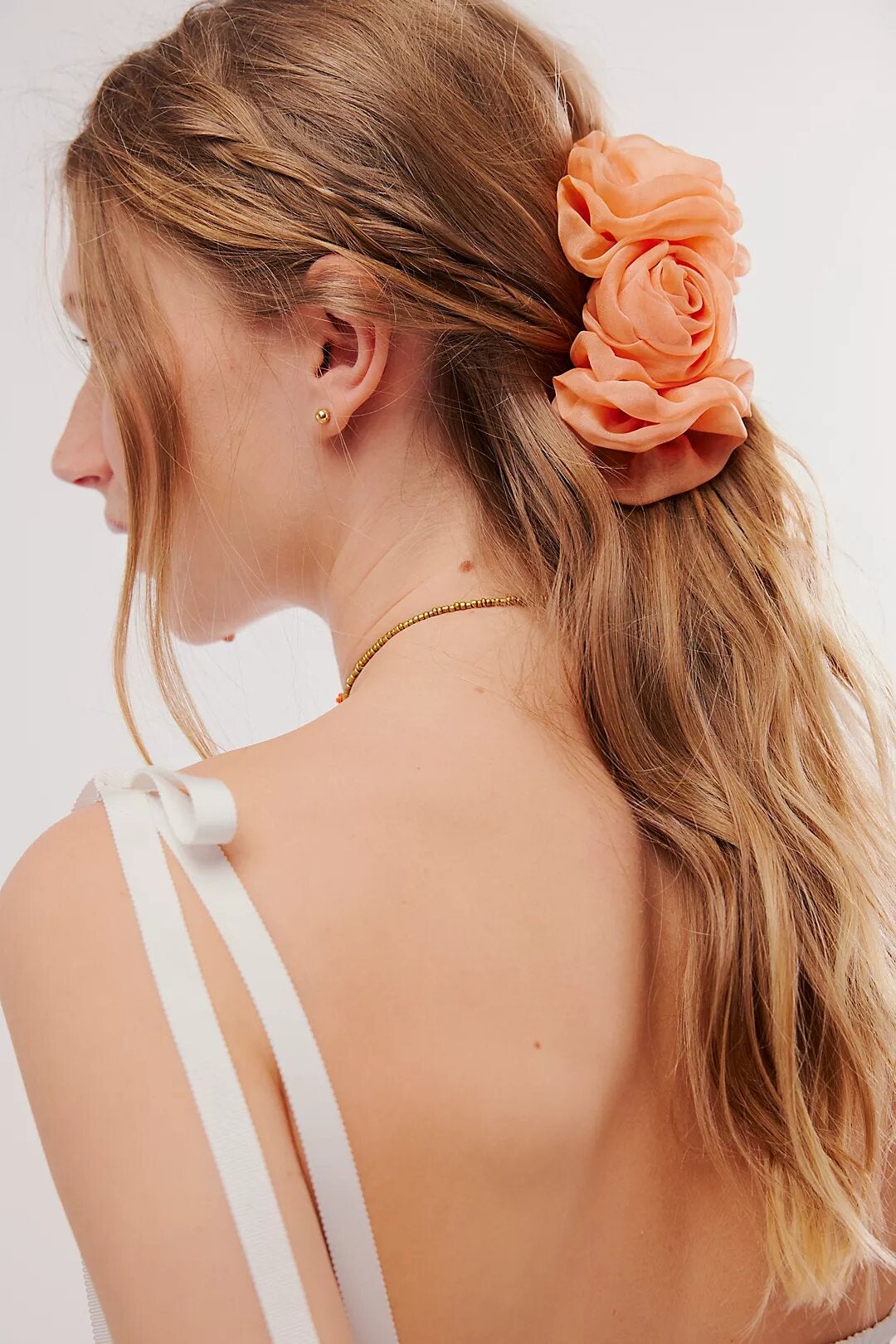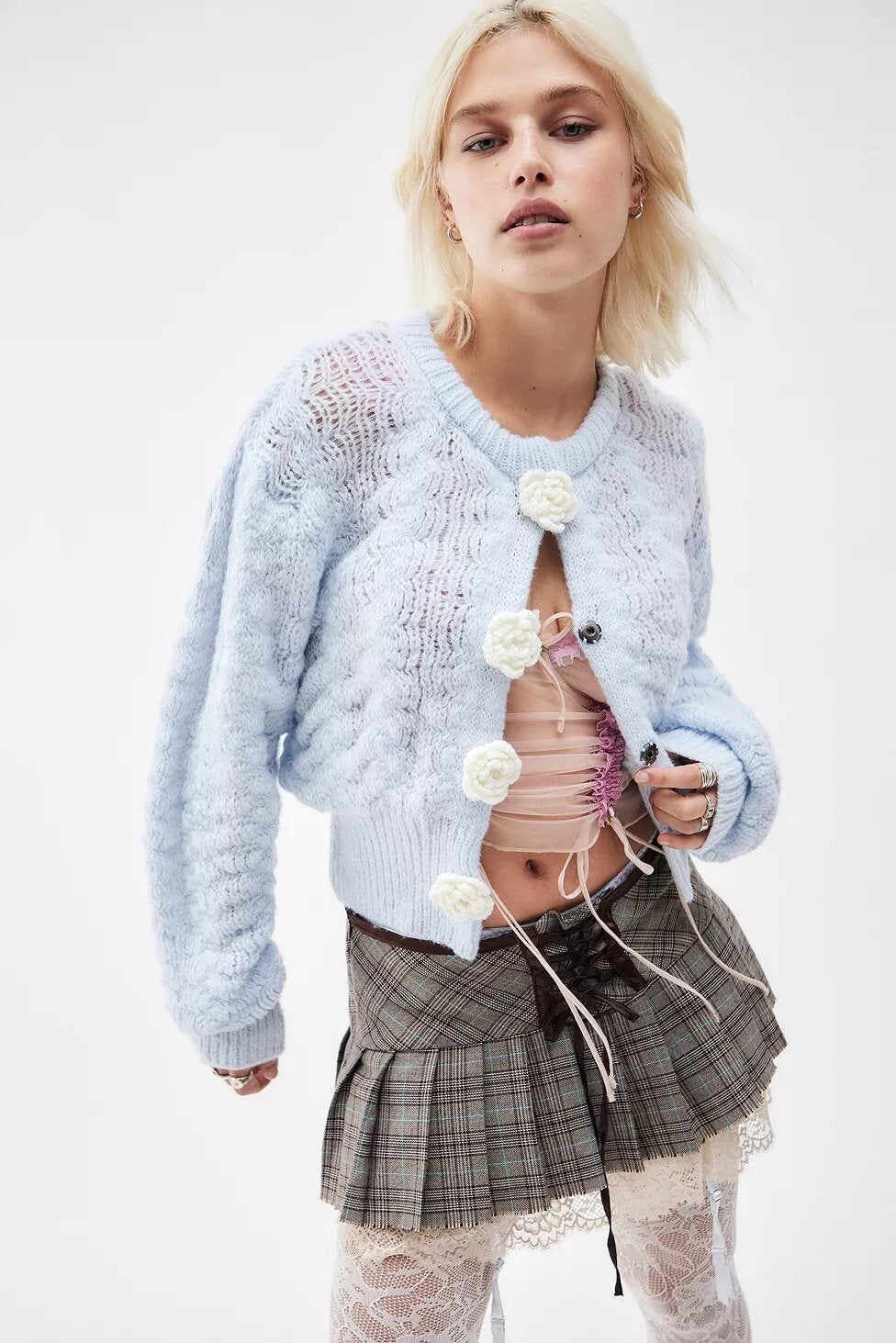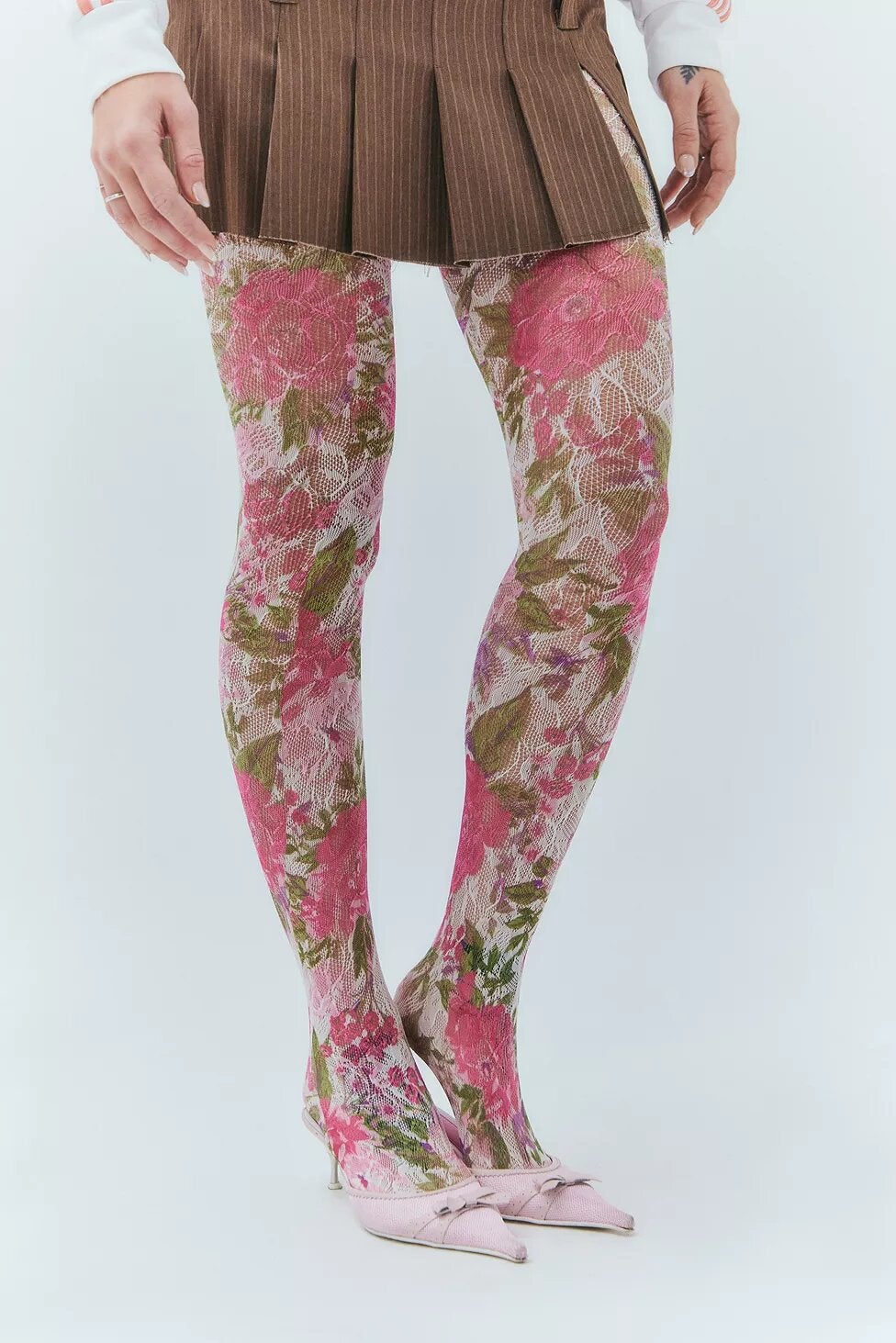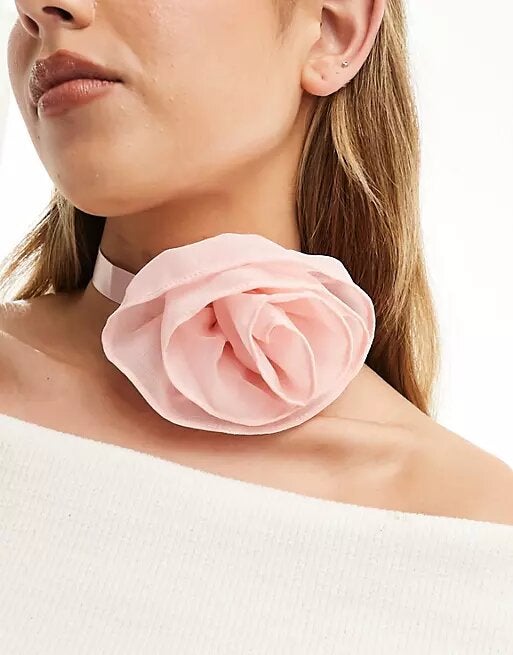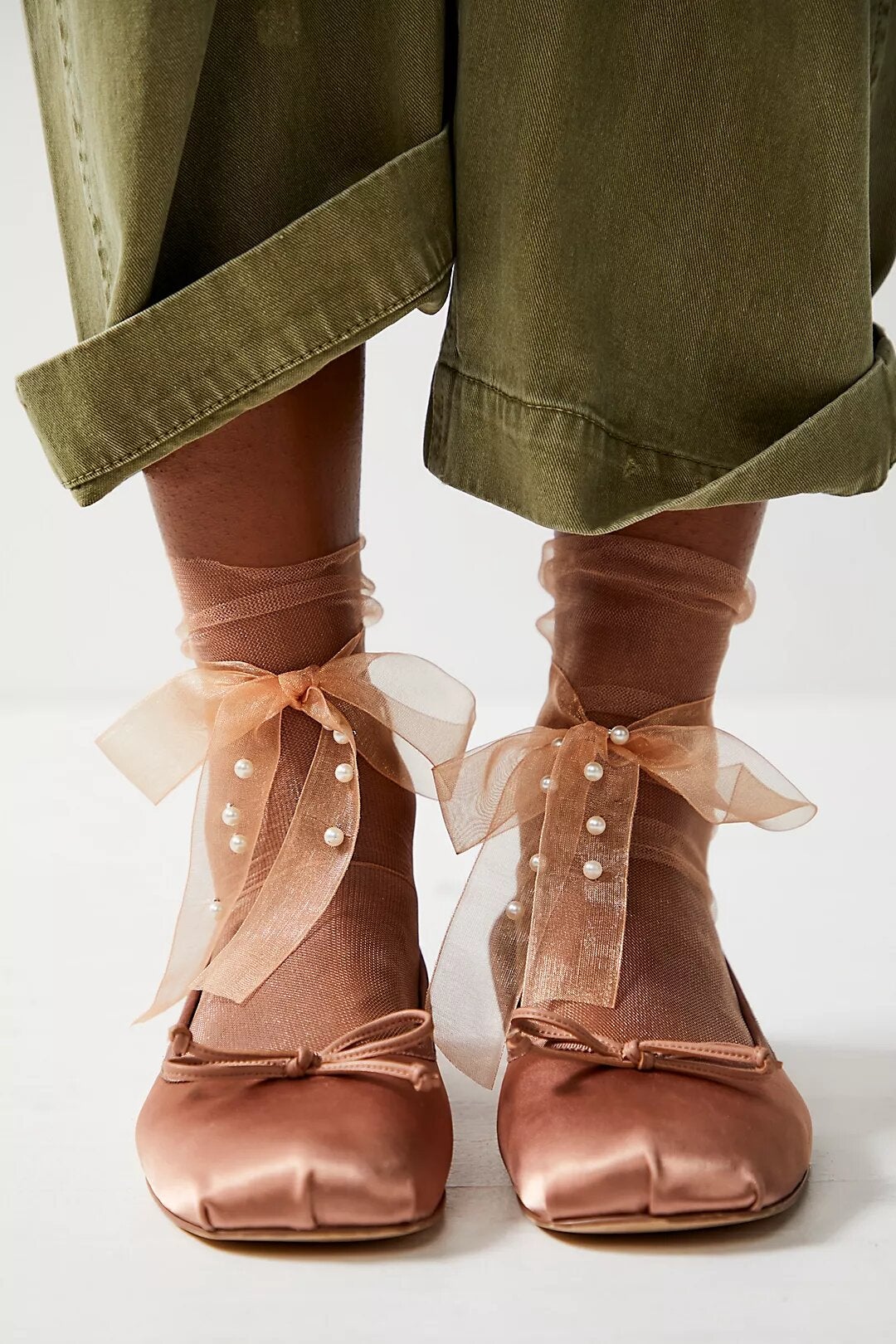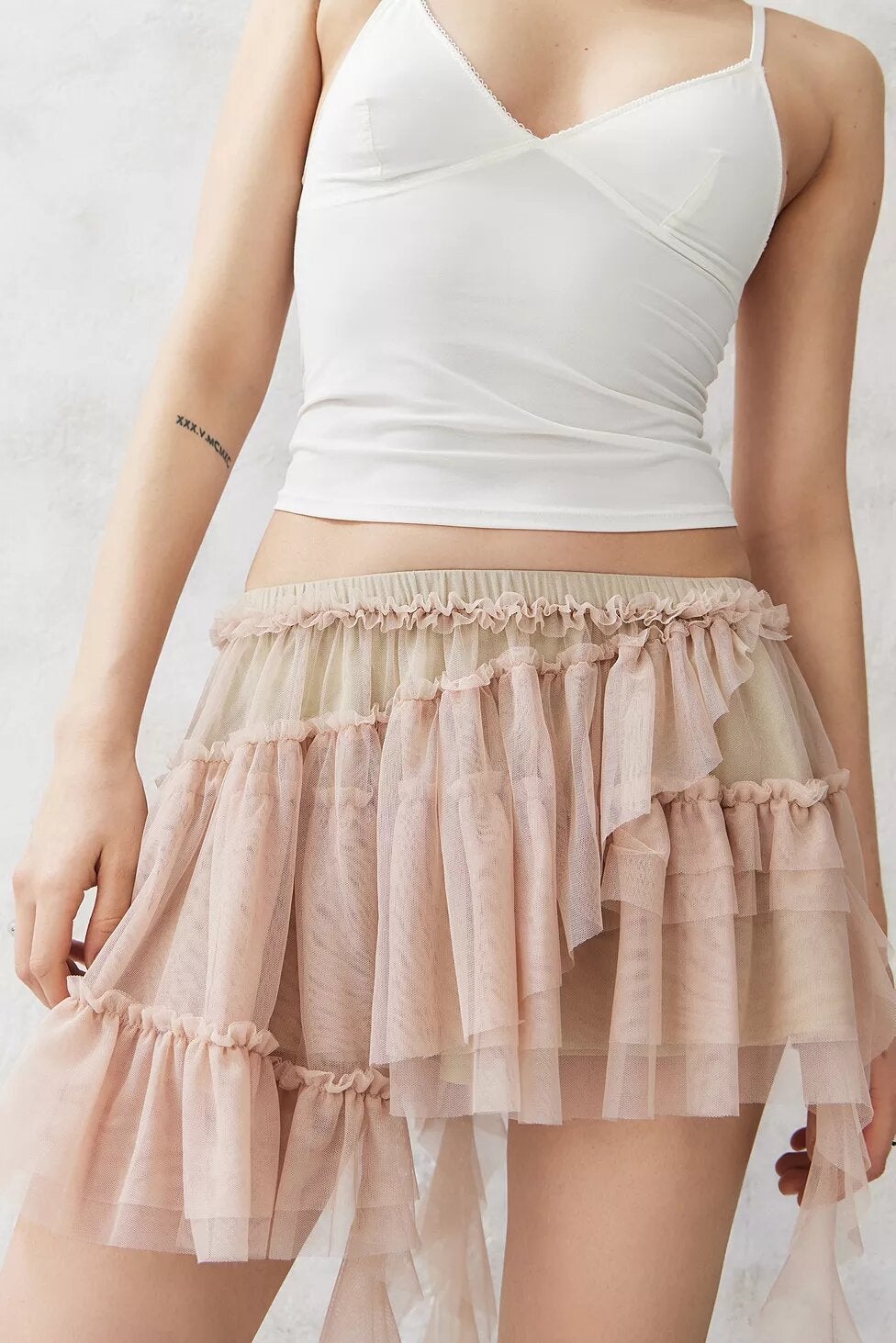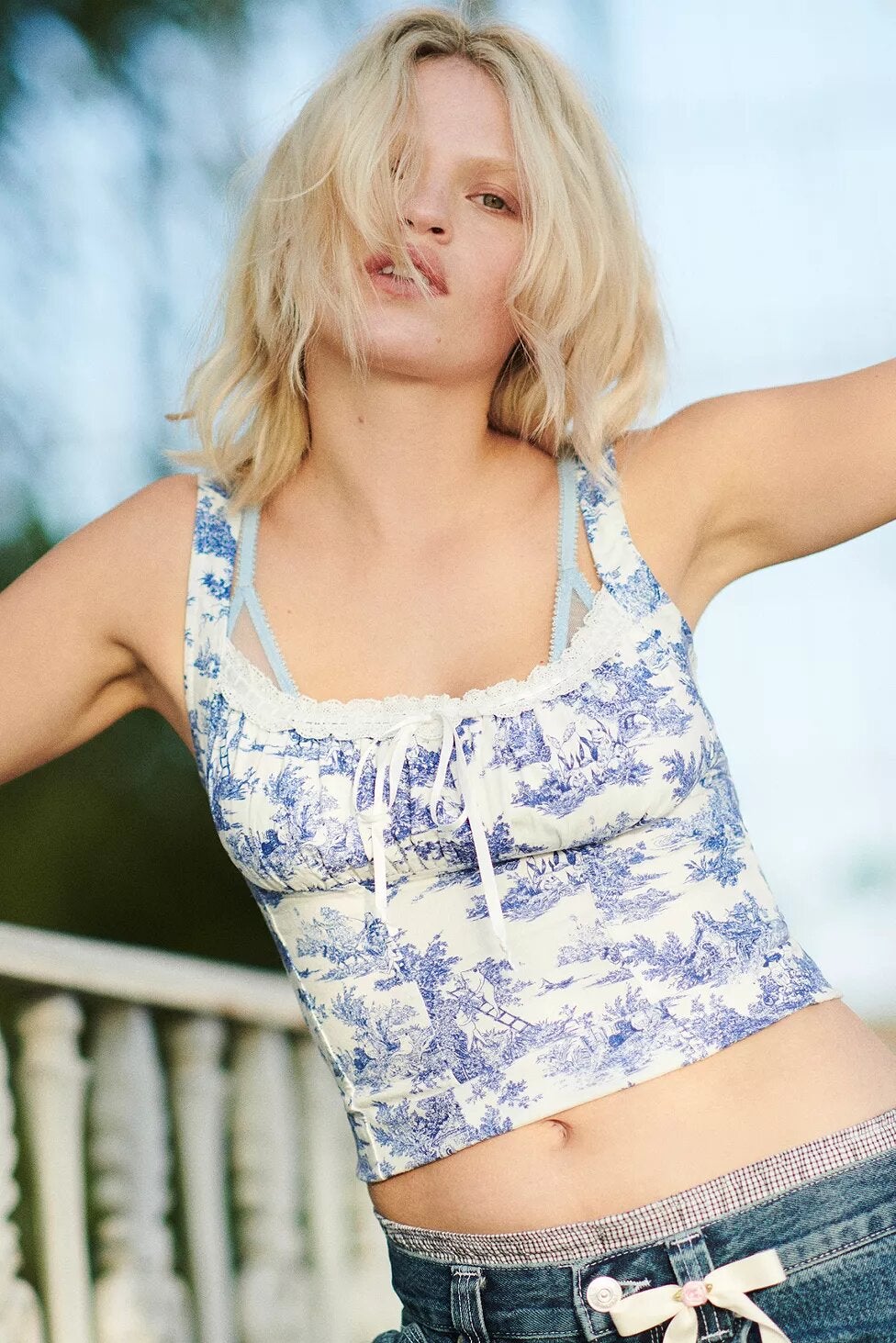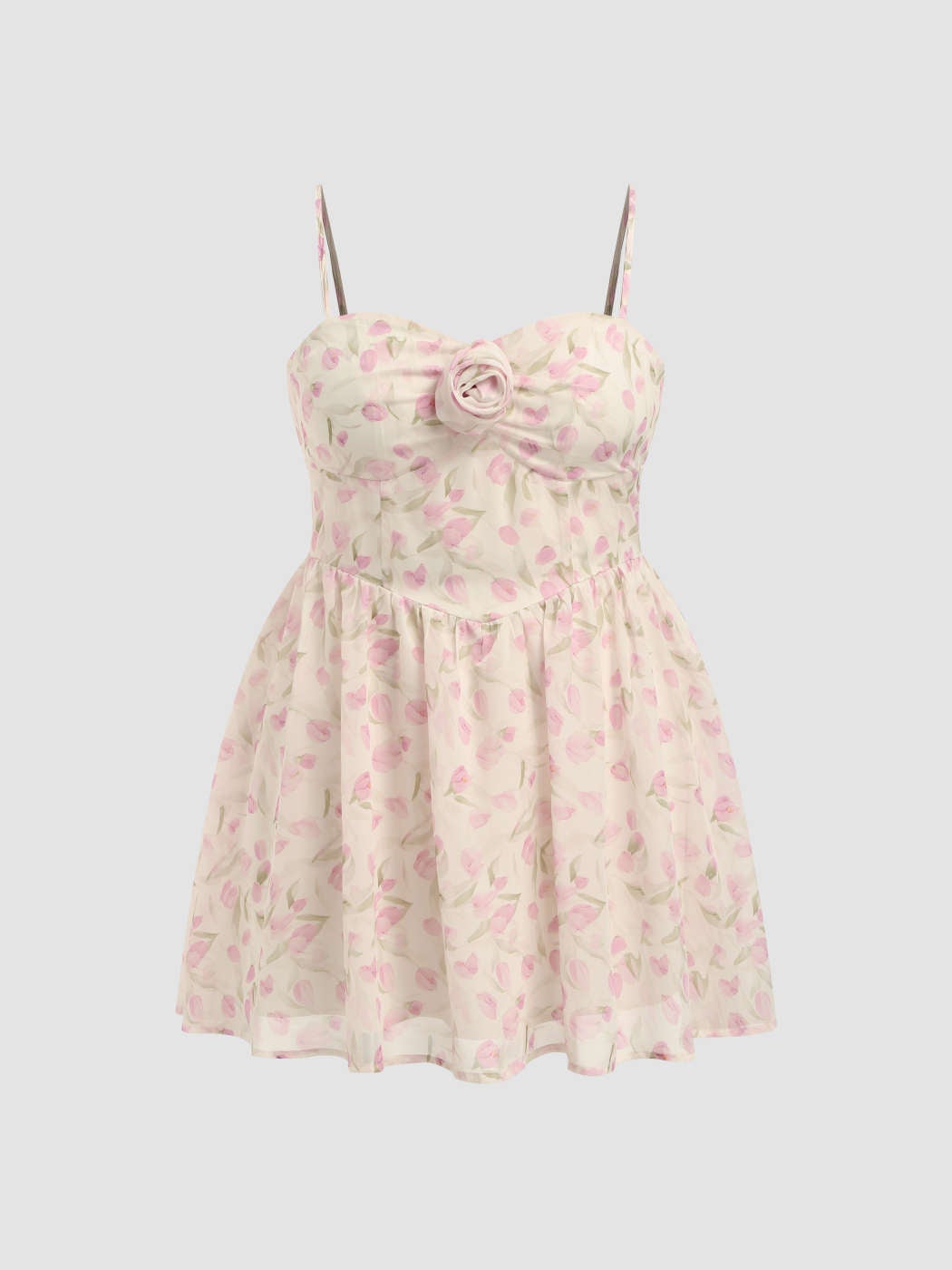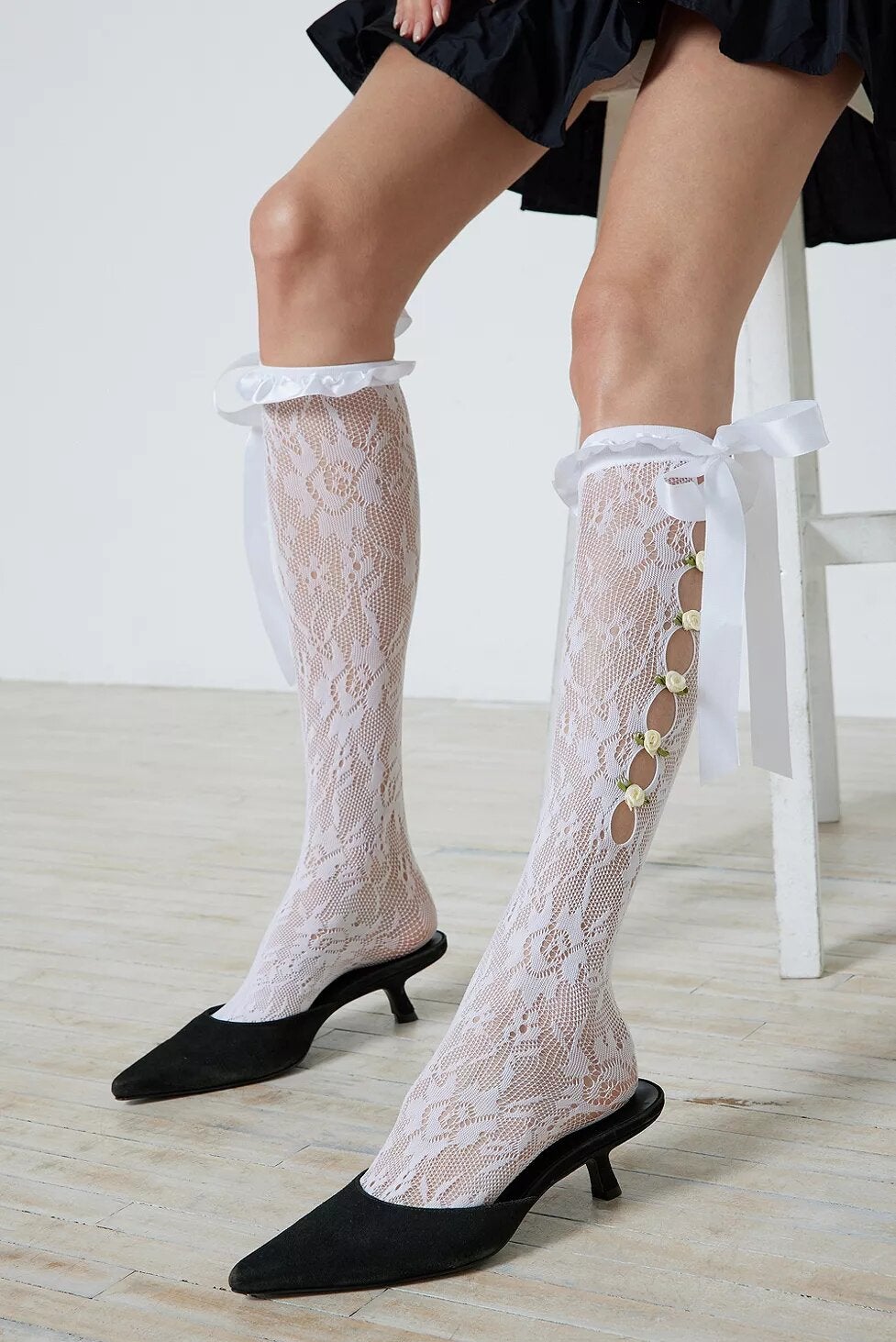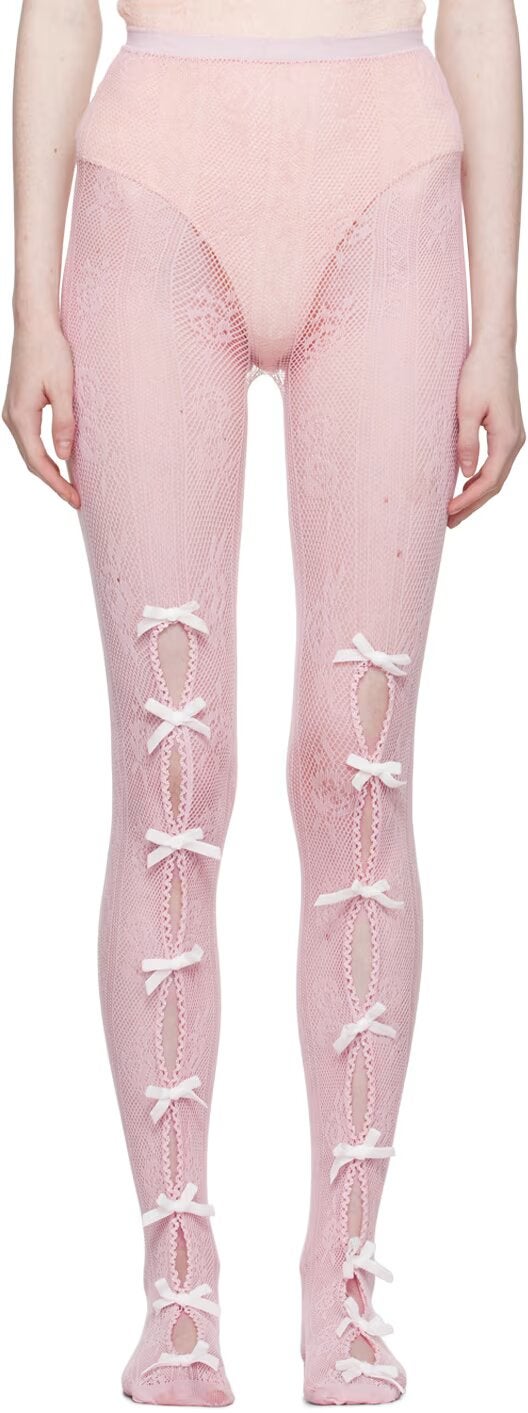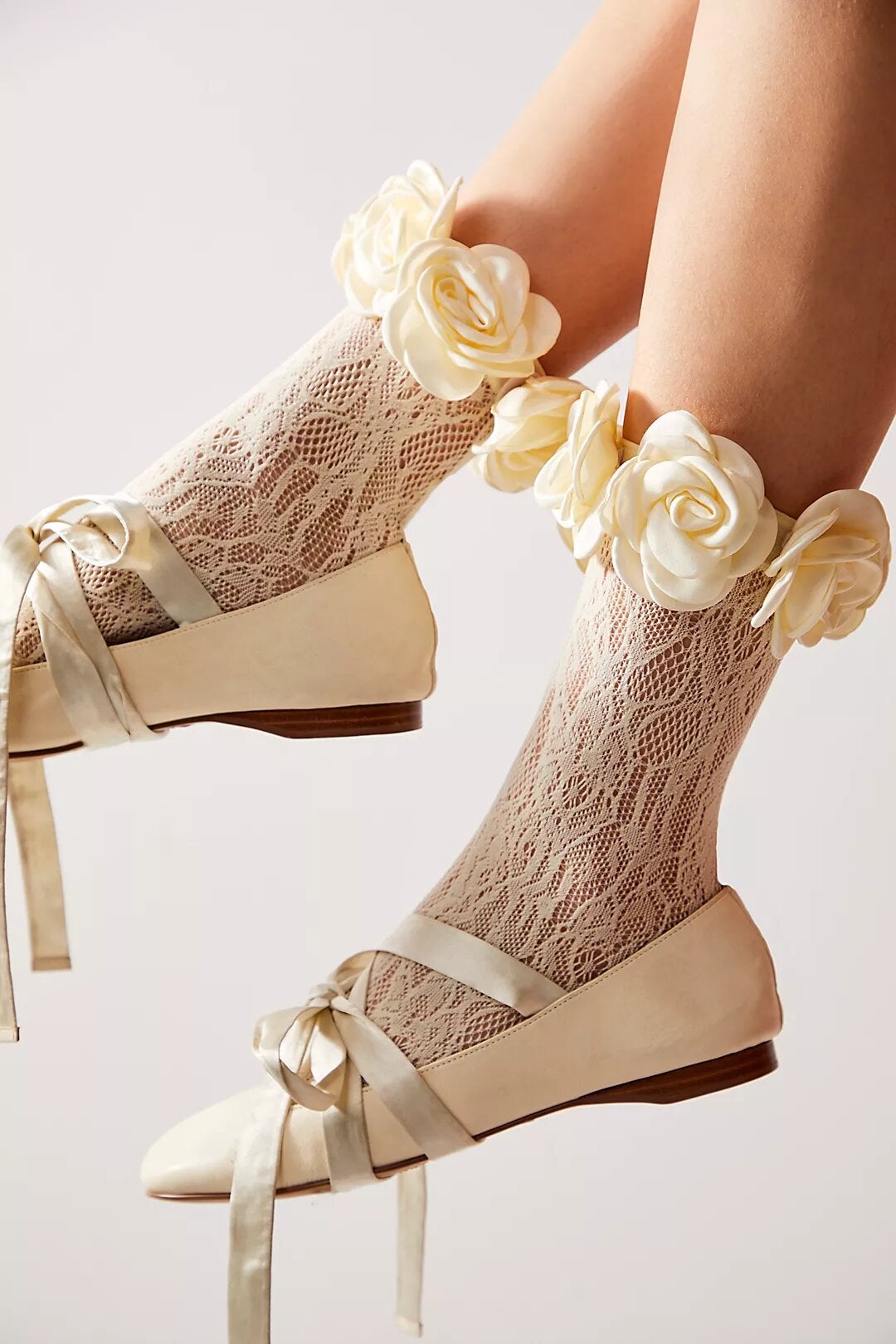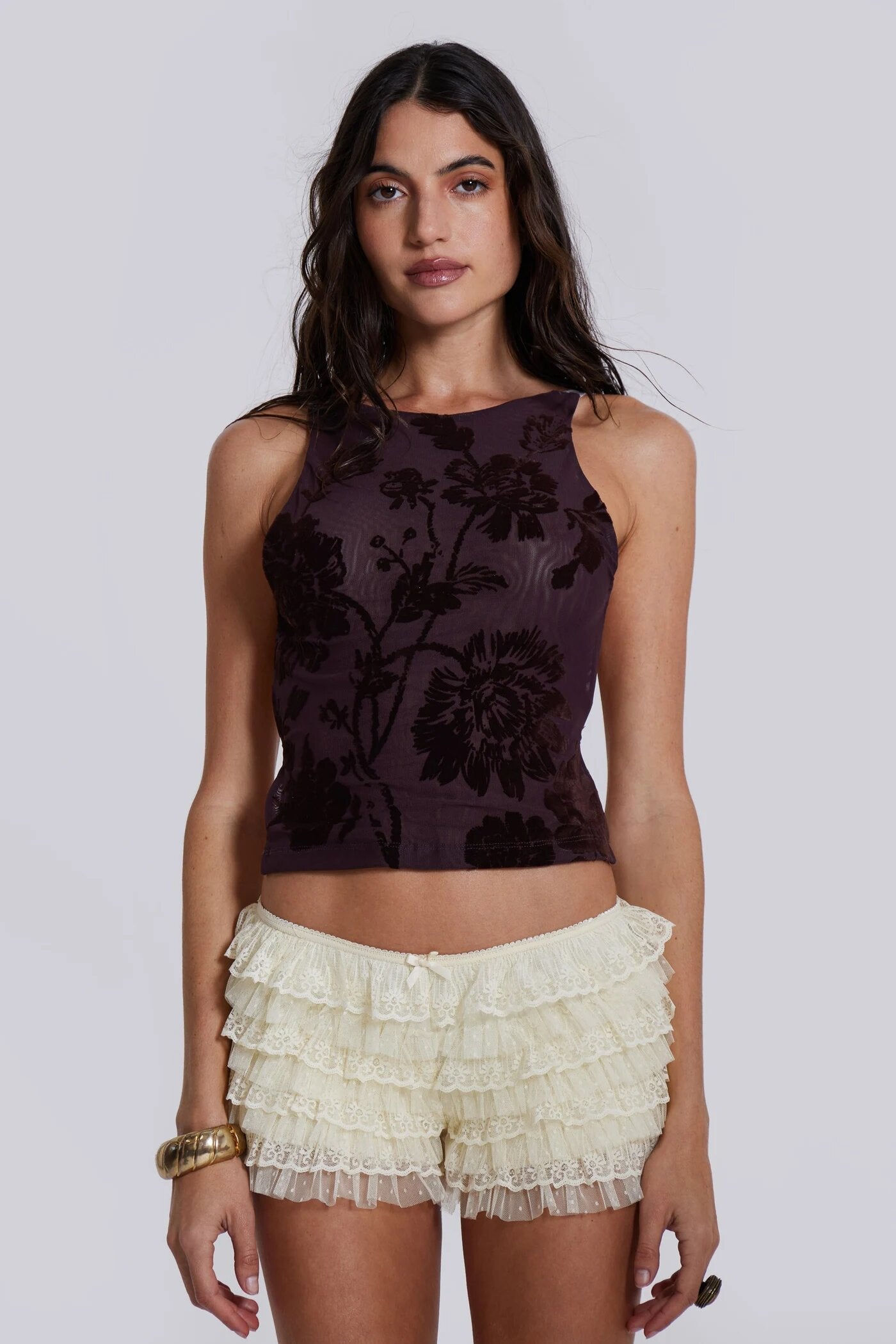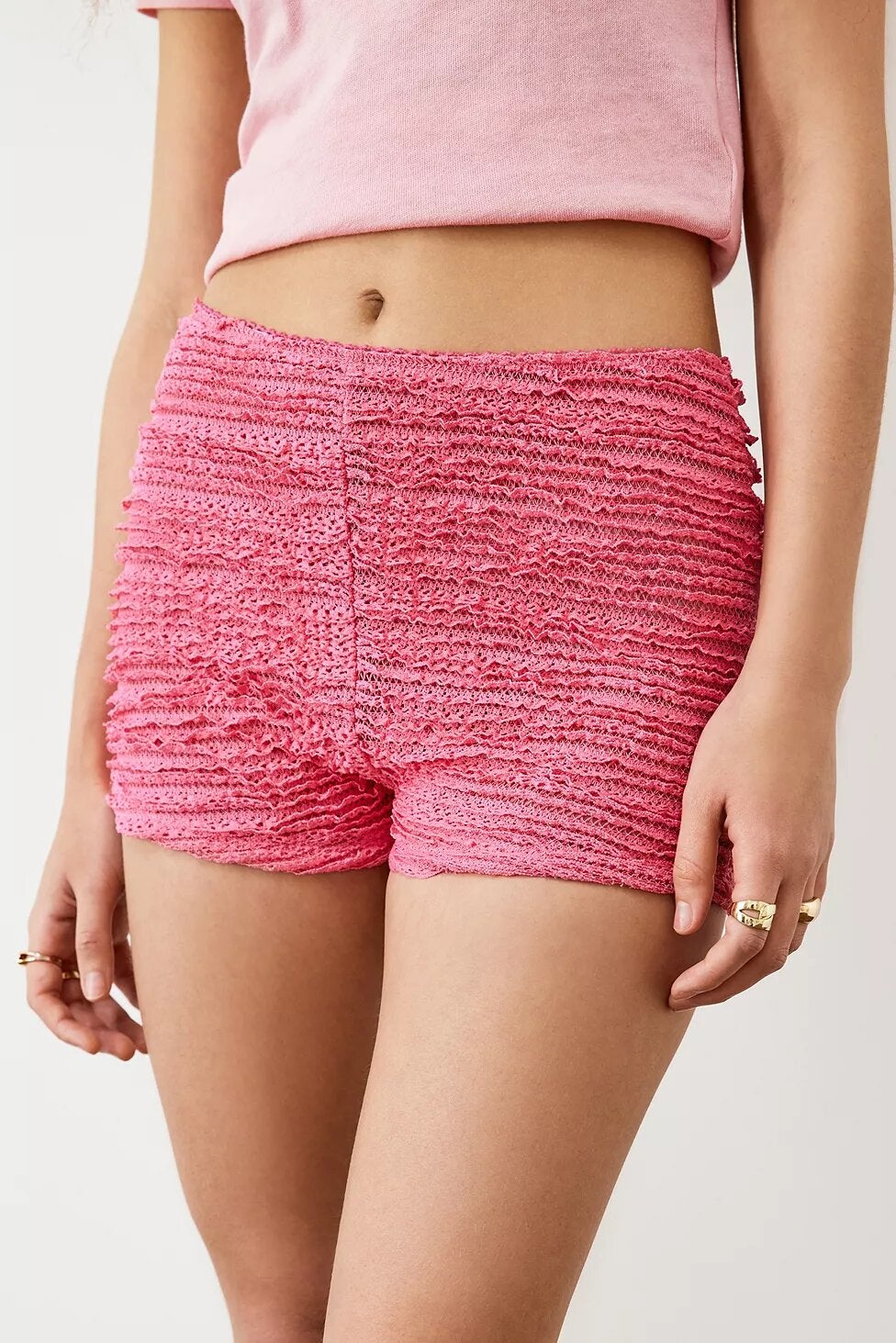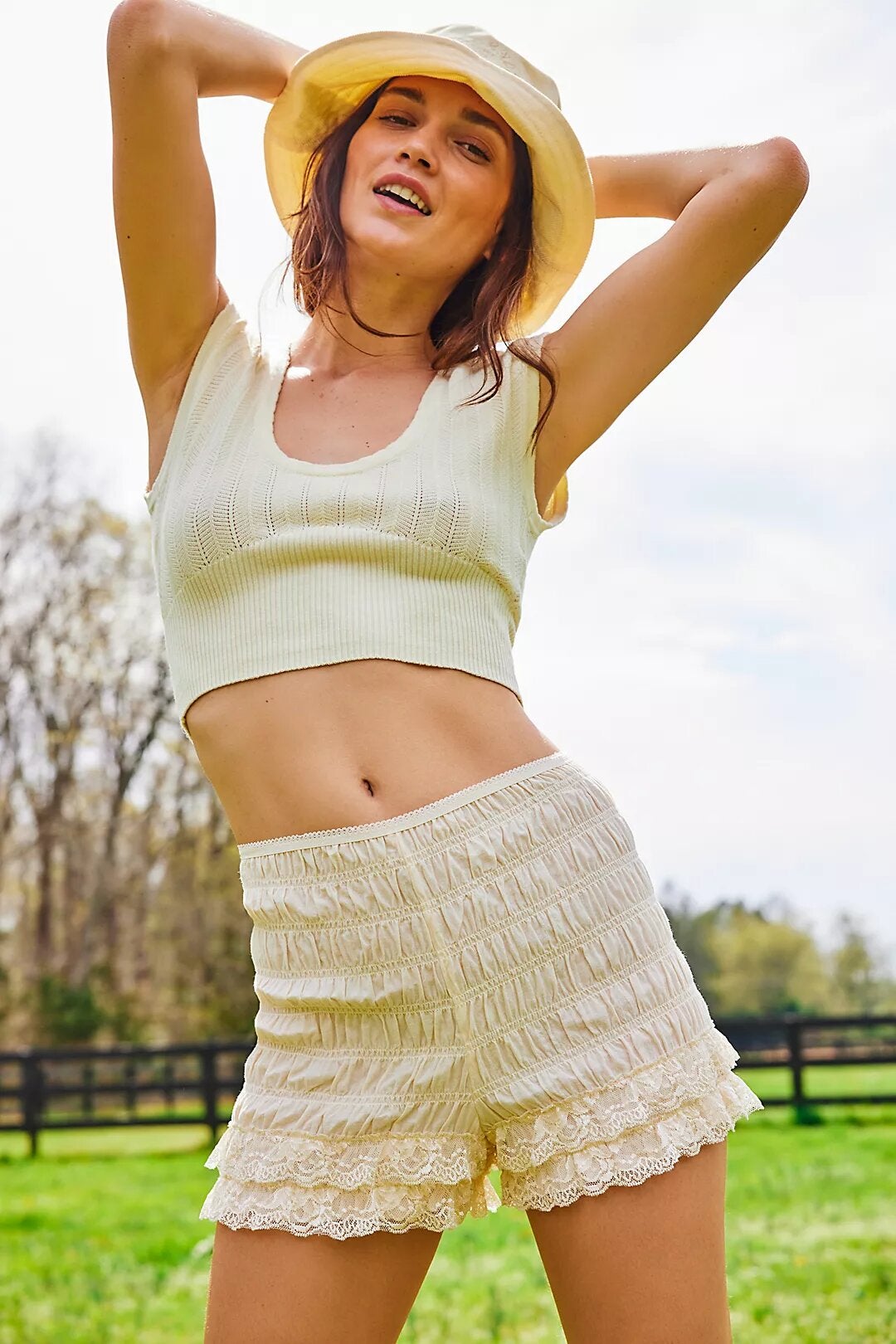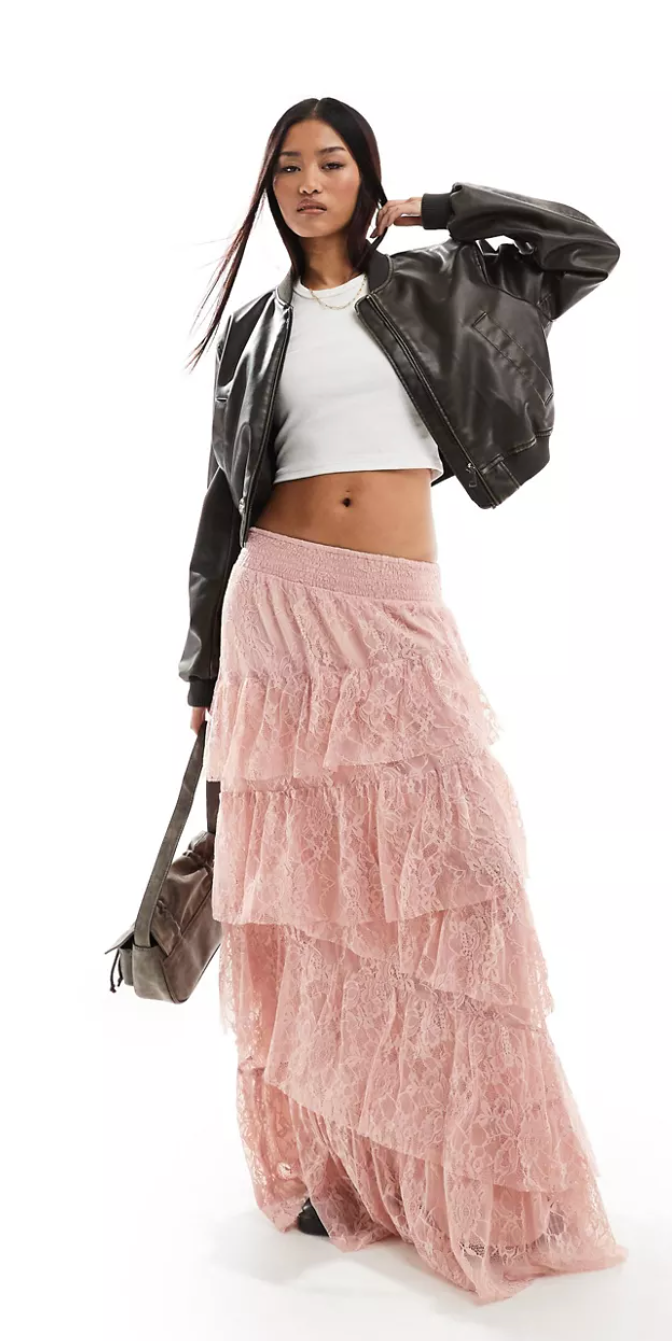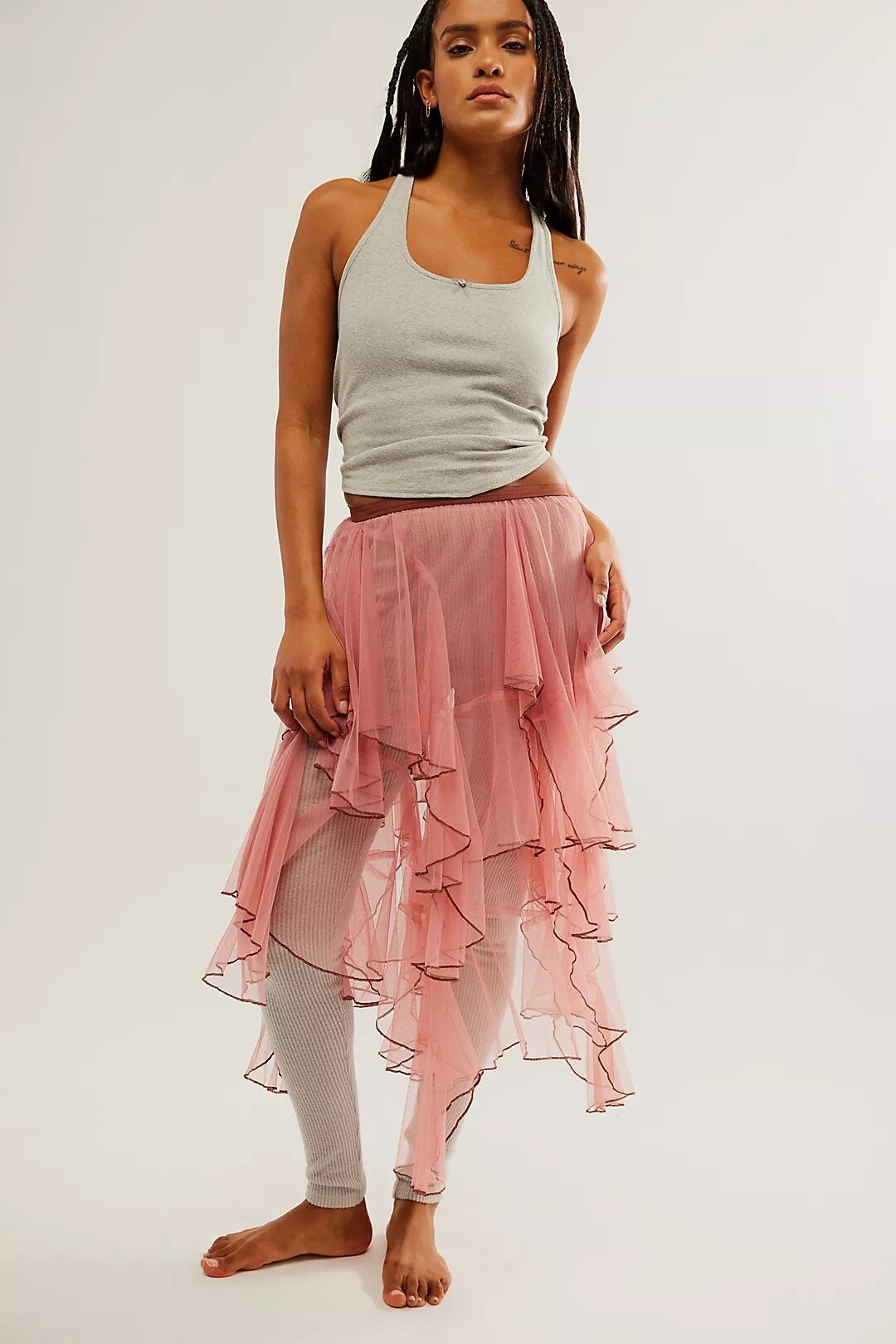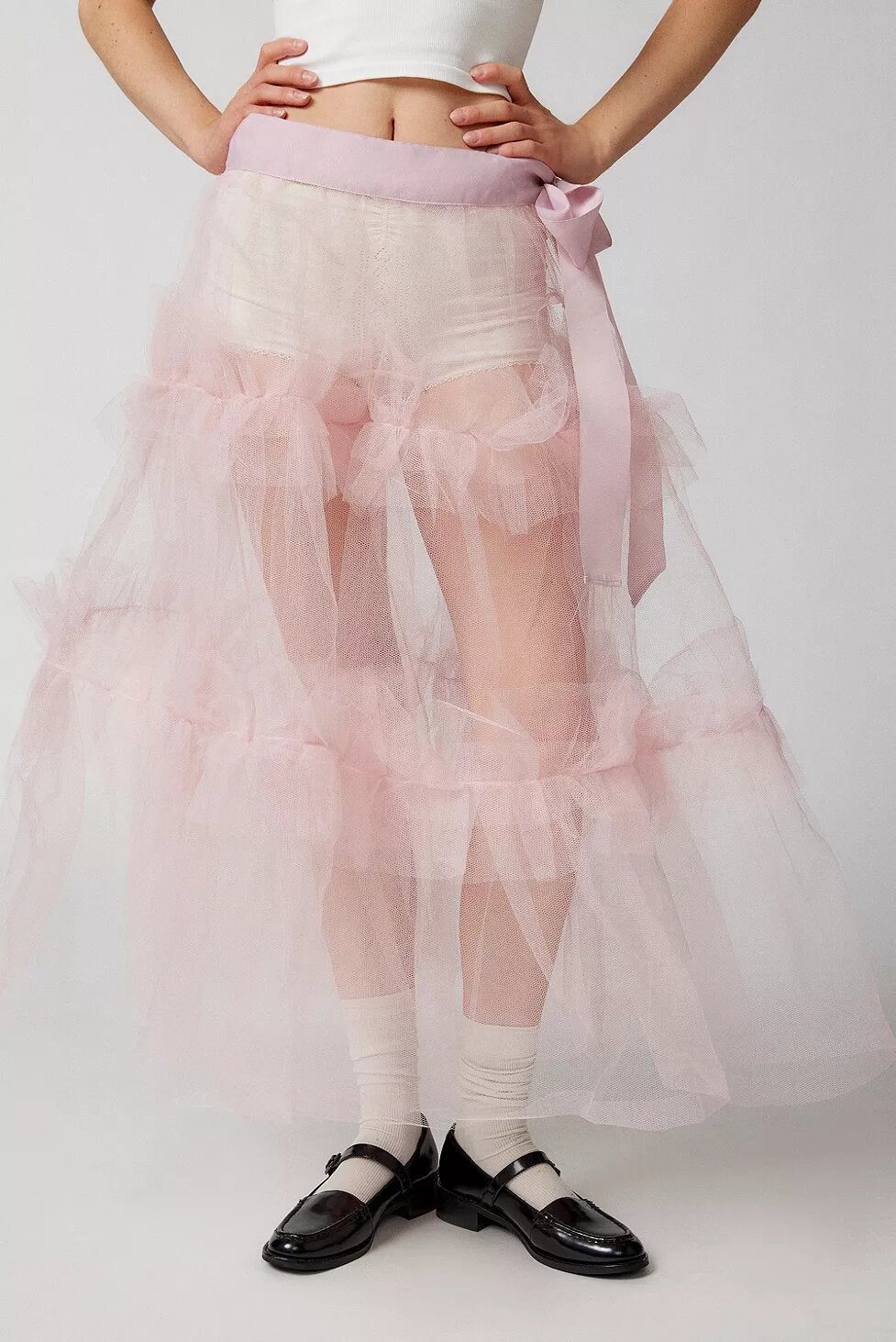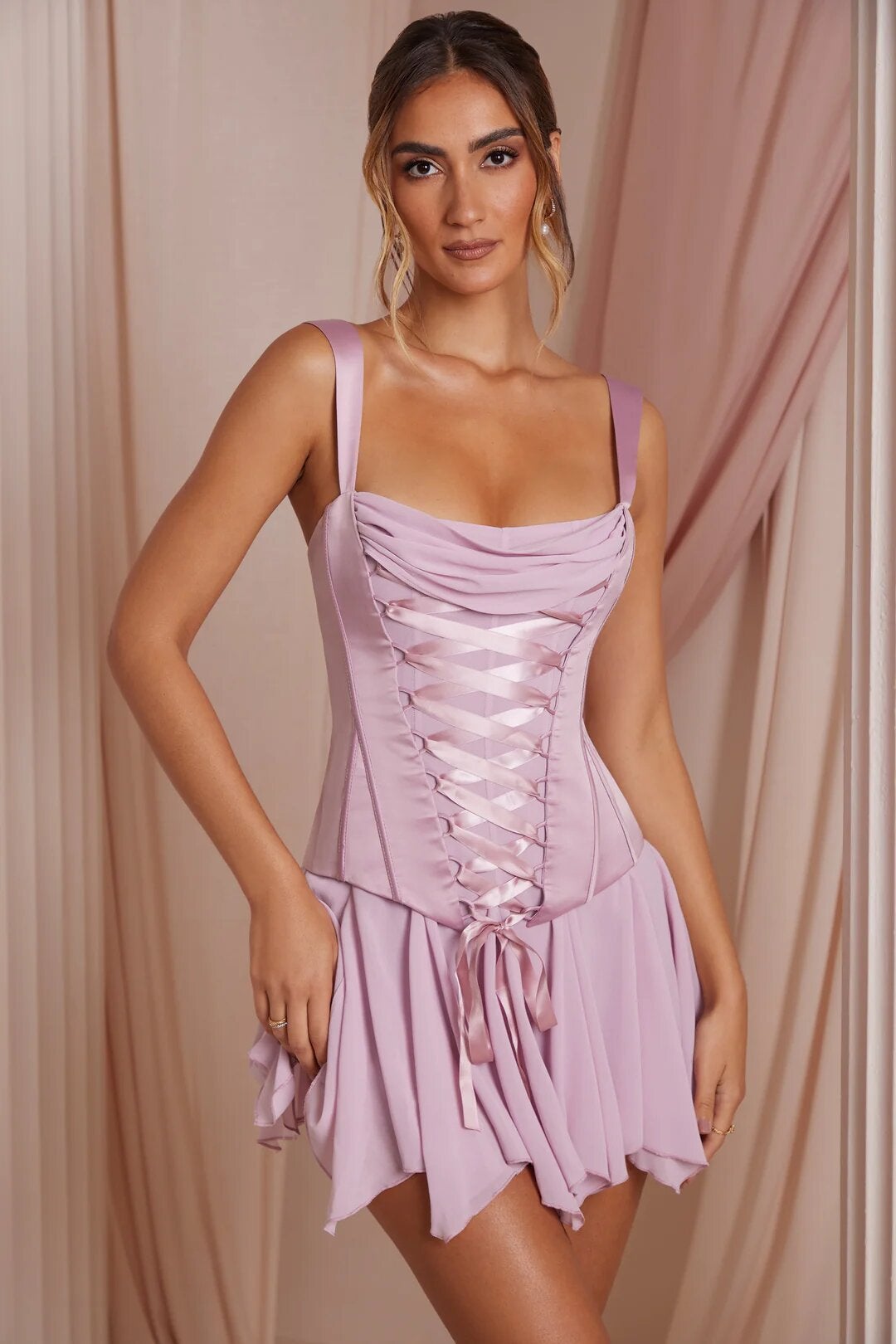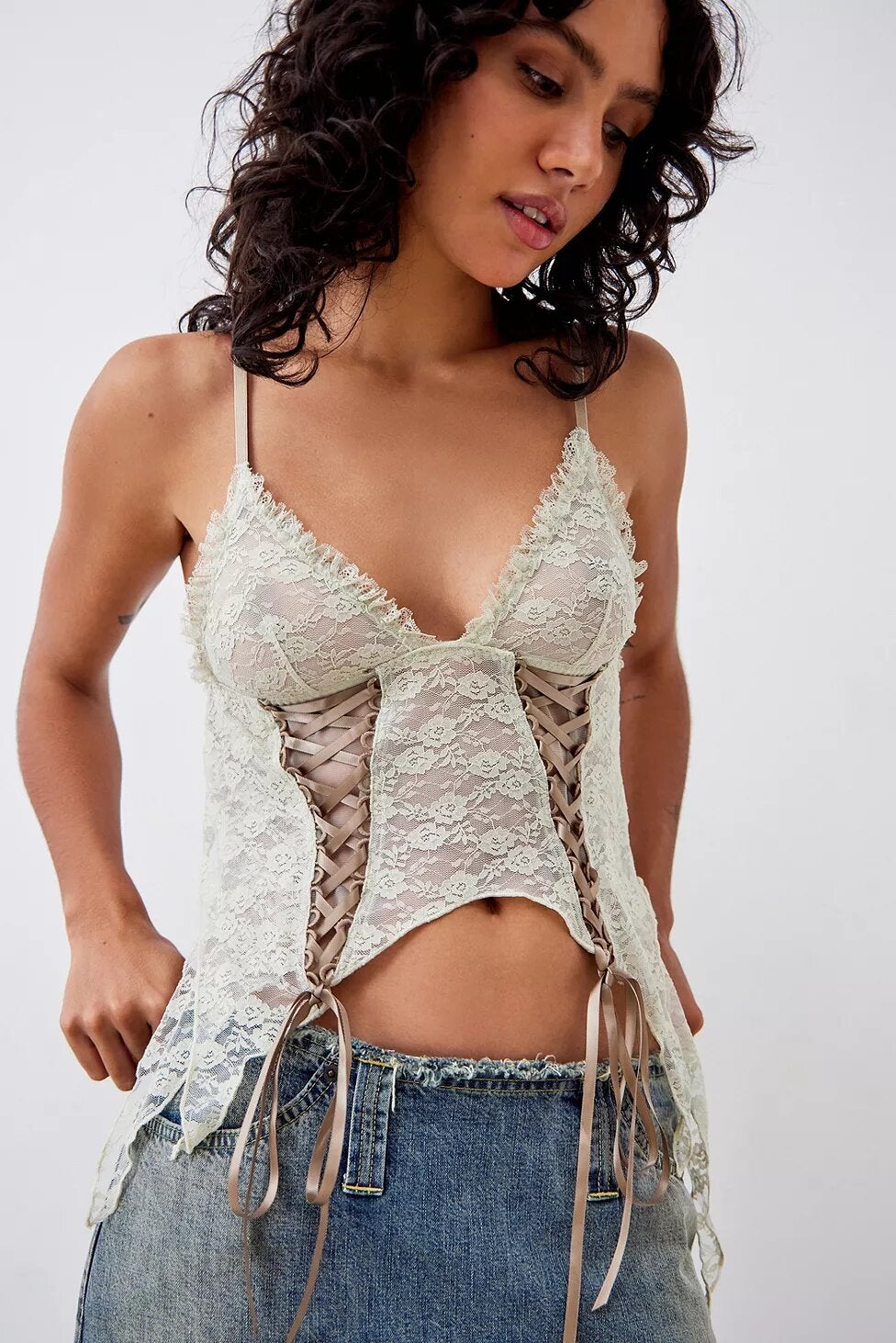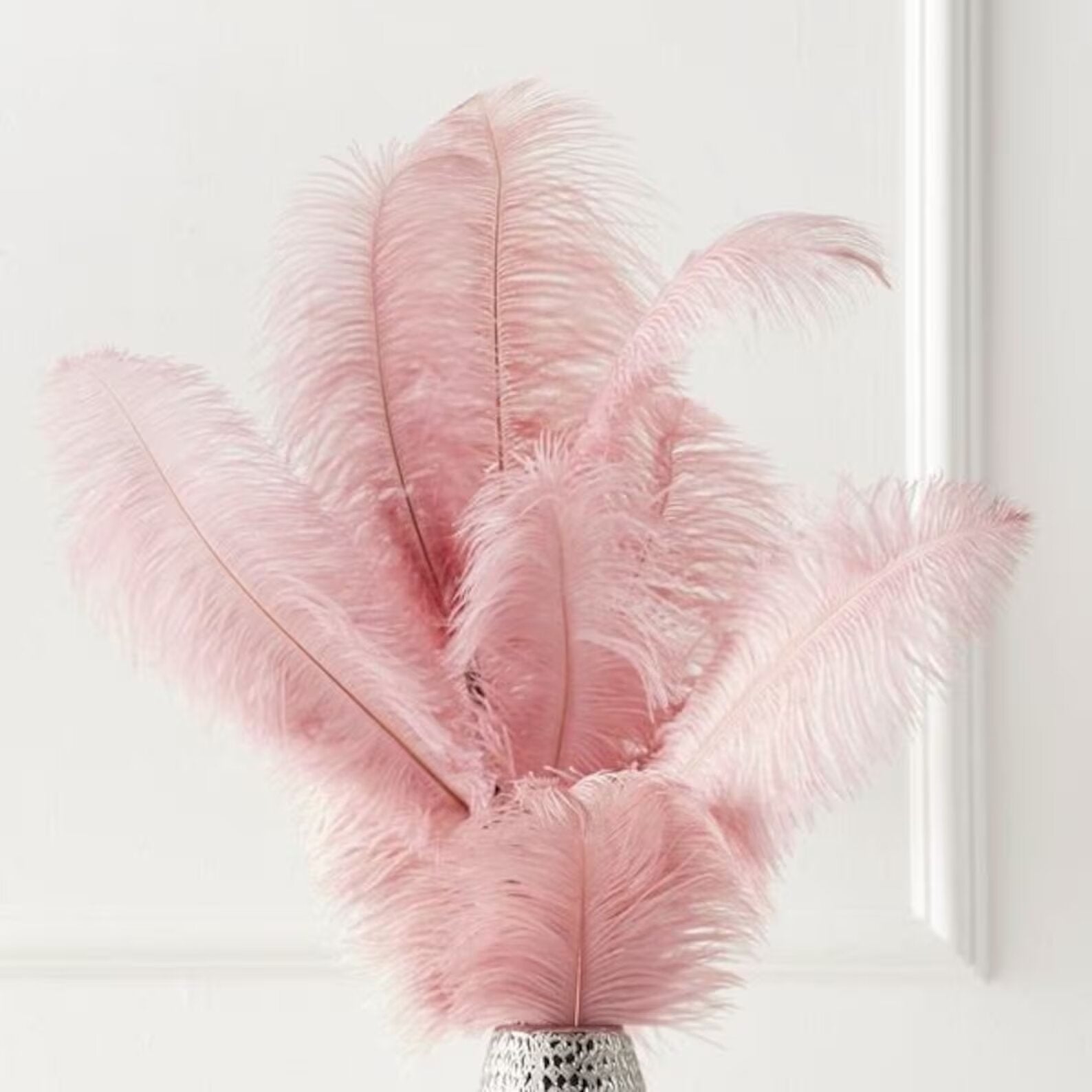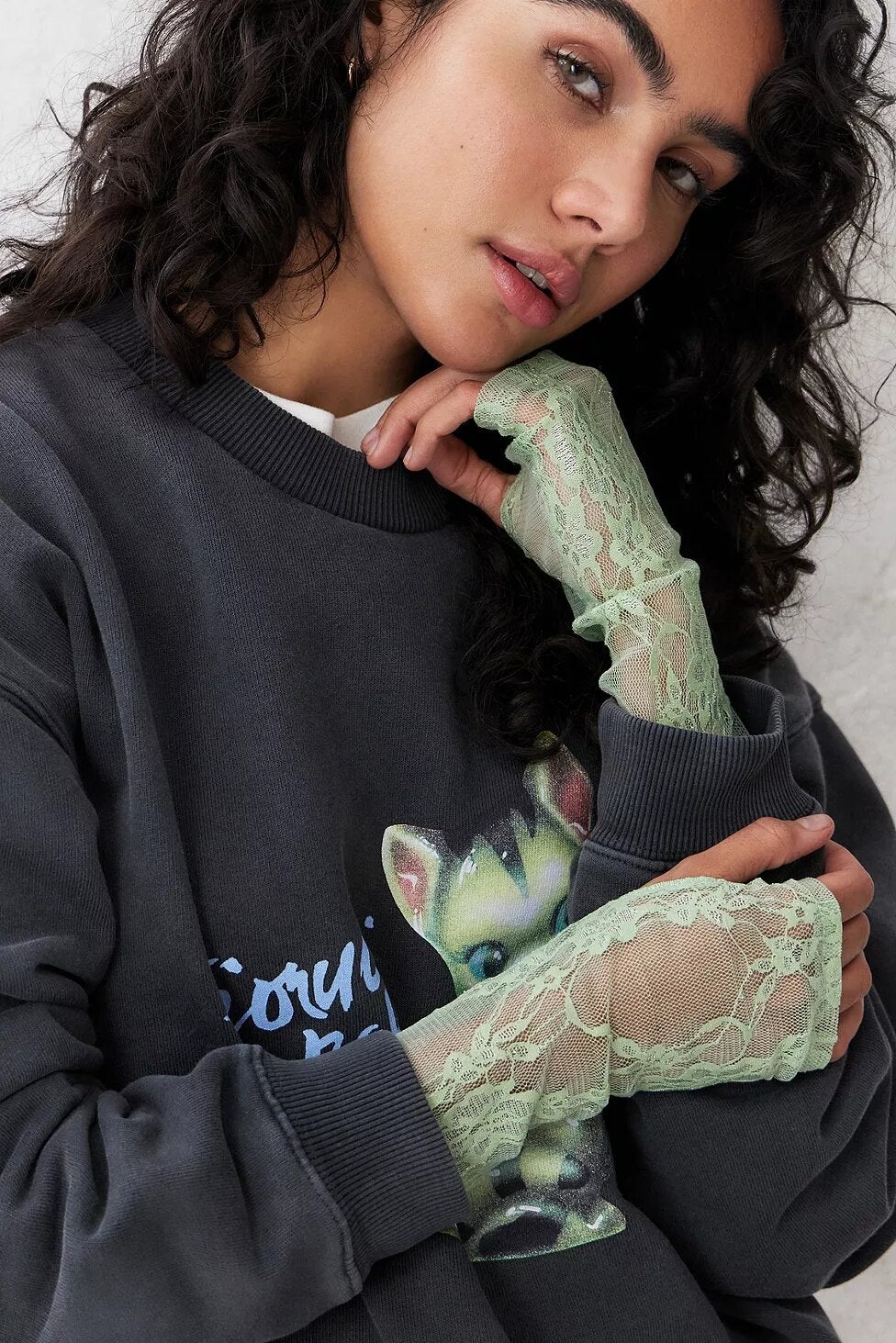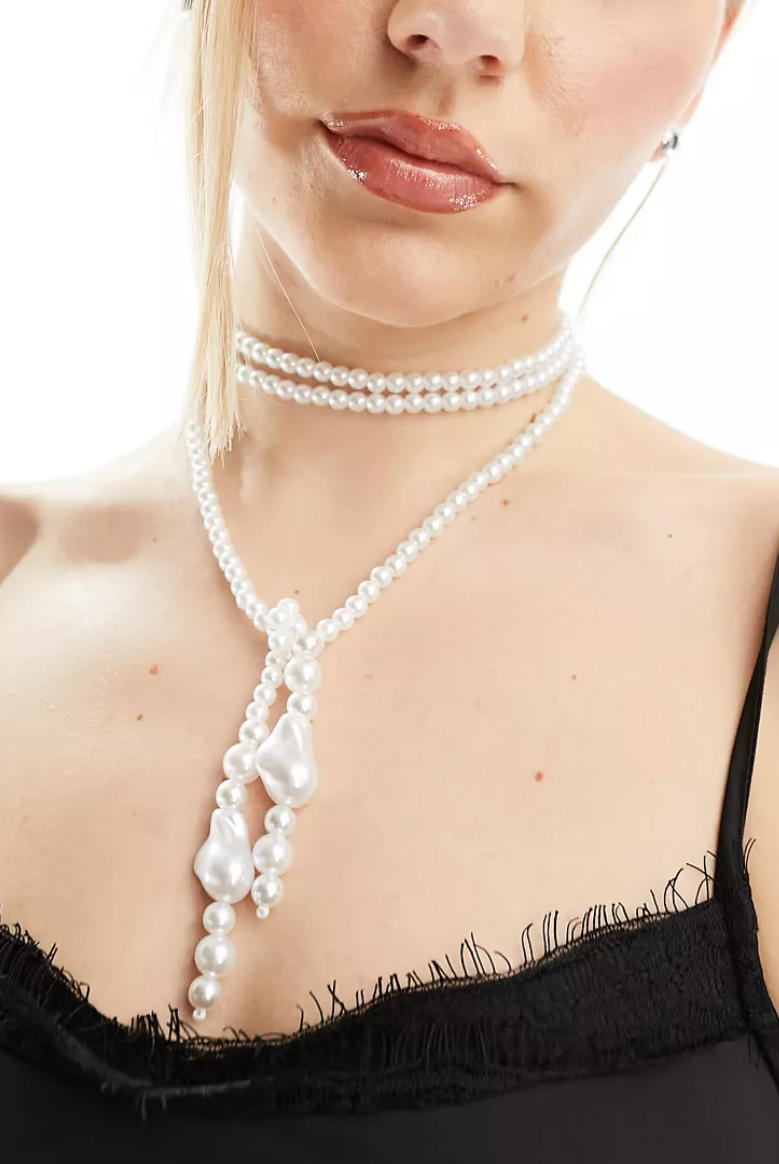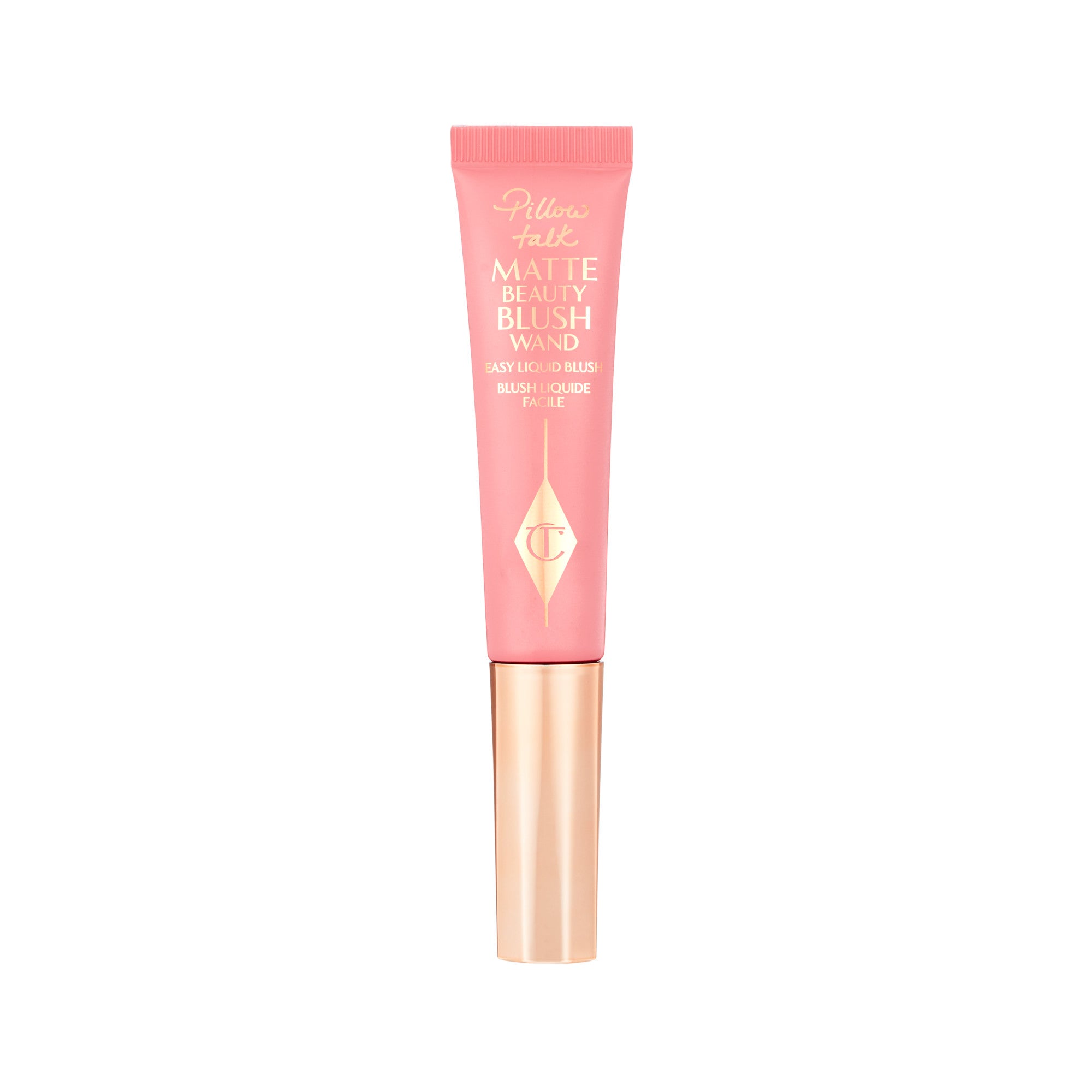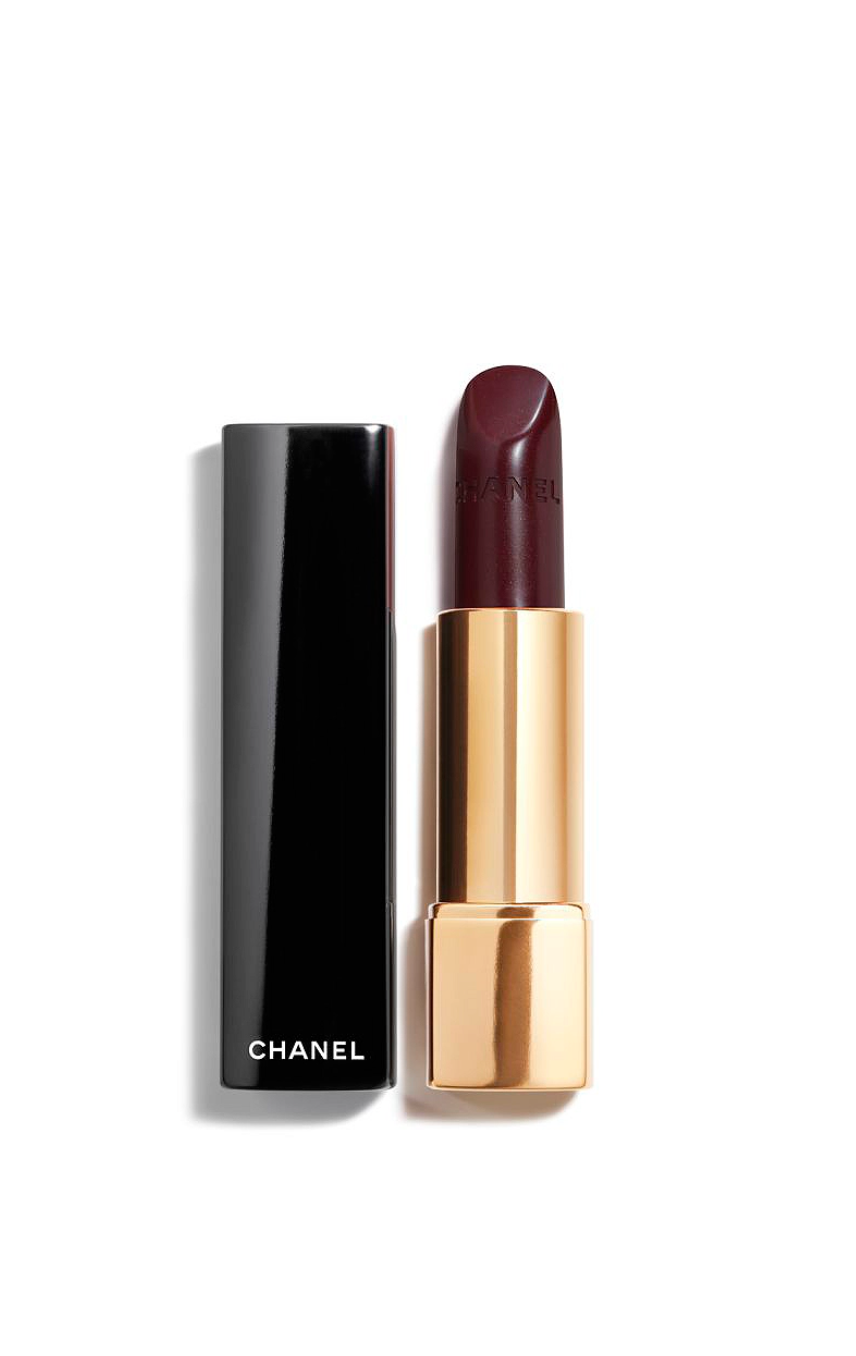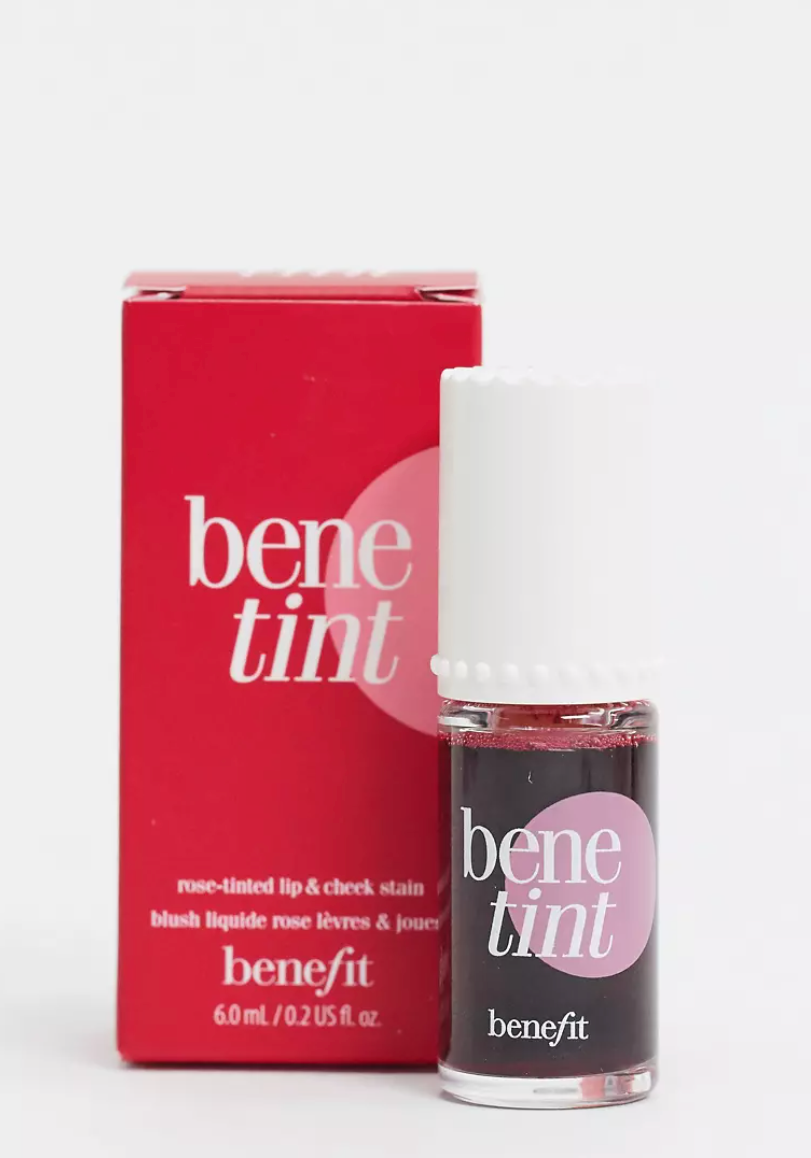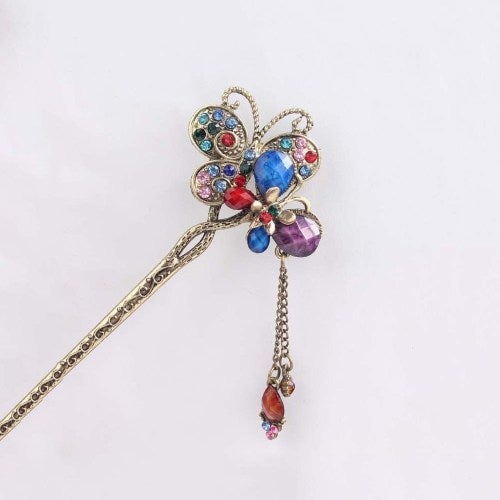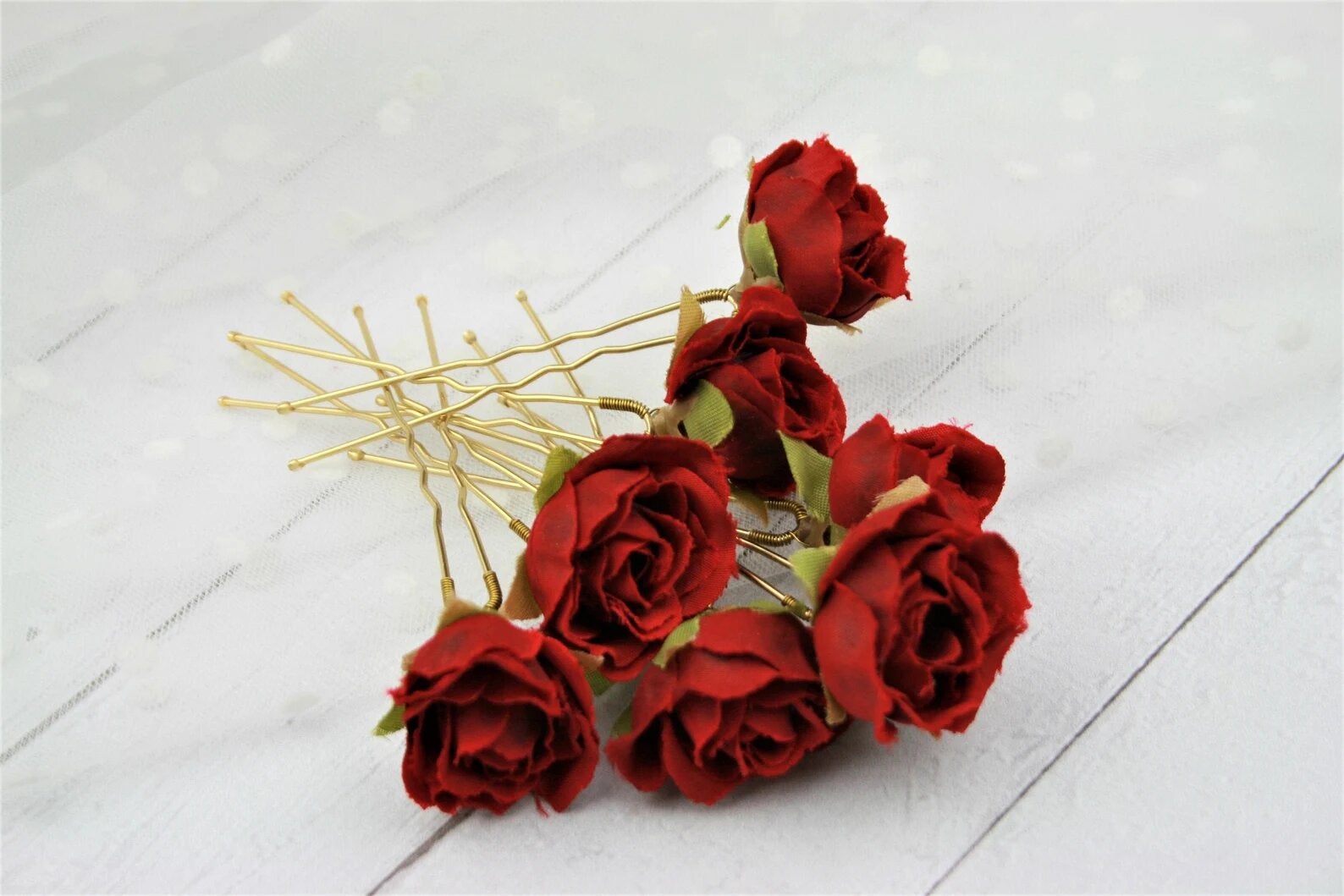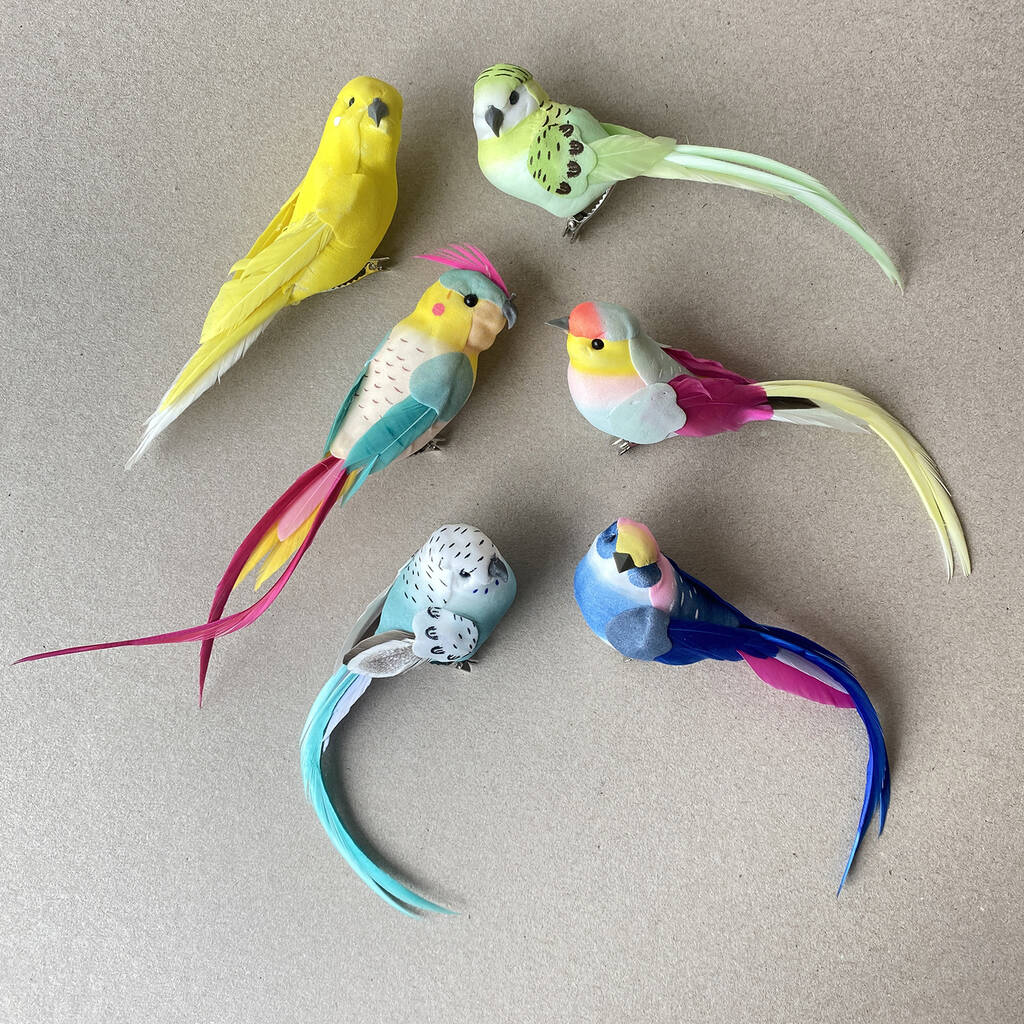What Exactly Is The Sofia Coppola Aesthetic & Why Do We All Want A Piece Of It?
Photo: Courtesy of Esther Newman.
At Refinery29, we’re here to help you navigate this overwhelming world of stuff. All of our market picks are independently selected and curated by us. All product details reflect the price and availability at the time of publication. If you buy or click on something we link to on our site, we may earn a commission.
How were you introduced to the Sofia Coppola Cinematic Universe? For me, it was 2006’s Marie Antoinette; a pastel, powder puff dream fodder for my 13-year-old brain. My mind was swirling with champagne toasts, ribbon chokers and French pastries for weeks. I saved up all my pocket money just so I could visit the Ladurée shop in London and gaze at the macarons in awe. Anything, anything to get closer to Coppola’s world — a lifelong, insatiable appetite that’s had me shop for dresses that I think the Lisbon sisters would wear to prom (The Virgin Suicides, 1999), spend way too much time in the early-2010s carrying around a frappé cup like an accessory (The Bling Ring, 2013), and scour book resale sites for a suitably vintage copy of Elvis & Me (Priscilla Presley’s memoir that inspired Priscilla, 2023). I now own a Marie Antoinette phone case, a Lux Lisbon handbag and, of course like many devoted disciples, have purchased Coppola’s first book, Sophia Coppola Archive: 1999 - 2023 (MACK). The publication of which has spawned a frenzy that few directors enjoy, with sold-out panel talks and lines for book signings snaking out of bookstores (I’m certainly not alone in feeling like this).
AdvertisementADVERTISEMENT
Photo: Courtesy of Esther Newman.
Shop This
Why such reverence for a director? It’s not just because her films are feasts for the eyes. Simply put, very few directors get young women like she does — can depict the angst and agony of girlhood in such a subtle but articulate way. “I think Sofia is a master at making very beautiful and alluring visual scenes, while at the same time depicting very dark emotions experienced by women; which in the end is exactly how we all are in our core.” says Eva Callejas, 23, the founder of Favorite Child Collective, a referential fashion brand inspired by pop culture and the escapism it provides. “We are fed and decorate ourselves with makeup, ribbons, jewels and beautiful trinkets but our emotional range is so deep and often obscure, especially in teenage hood. Once you see a Sofia Coppola film you feel like you’ve finally been understood.”
Anna Backman Rogers, author of Sofia Coppola: The Politics of Visual Pleasure, agrees: “I think she takes women and young girls seriously. She deftly observes their emotional territory, their painful and often private anxieties, their loneliness and isolation, and she translates what it feels like to be a girl into images that resonate emotionally for the viewer (a viewer she often assumes to be female).”
It’s no wonder then that, following 2023 — the Year of the Girl — and with the release of her latest film, Priscilla (a nuanced adaptation of Priscilla Presley’s life with the King of Rock and Roll), Coppola’s influence has struck a new zenith. Just scrolling through TikTok, Priscilla edits sit pretty next to Lana Del Rey deep-cuts and Fiona Apple lip-syncs, feminine rage montages, and ultra-femme fashions (coquette bows and Mary Jane heels). It really is her moment.
AdvertisementADVERTISEMENT
And so, taking the old adage ‘imitation is the sincerest form of flattery’, I decided to pay homage to (one of) the people who raised me and an entire generation of introspective, frill-loving, deep-feeling women. Talking to fans and academics, and focusing on three of Coppola's most popular films, I want to uncover what truly makes the so-called ‘Sofia Coppola aesthetic’ tick; and, at the same time, share how to bring some of her magic into your own lives.
Priscilla will be available to stream on MUBI in the UK and Ireland from March 1, 2024. Not a MUBI member? You can access MUBI through your Prime Video channel.
First things first, what exactly is ‘the Sofia Coppola aesthetic’ & why do we identify with it so strongly?
The Sofia Coppola aesthetic is so clear, so ubiquitous that it’s easy to recognise it without having ever seen one of her films. In fact, after telling a friend who is ignorant of Coppola’s work that I was writing this piece, she instantly reeled off a pretty accurate laundry list: hazy, dreamy sequencing, soft, muted colour palettes, and languid shots of young female characters lolling around their room/a field/looking vacantly out of windows. (Don’t worry, I remedied her lack of SC film knowledge after this).
While she’s right, Coppola’s aesthetic reaches far beyond these visual trademarks. “[H]er world view is translated aesthetically,” says Backman Rogers. “This has caused many critics to read her films erroneously as superficial, but the surface of her films is deeply meaningful and if you don’t get that, then you are missing the entire point.” Why? Misogyny within the film world largely: a critical belief that “in order to be worthy or intellectual, art must partake in a form of joyless anti-aestheticization on principle.”
AdvertisementADVERTISEMENT
In fact, those I talked to for this piece are unanimous; it’s within the highly aestheticised, stylish, product-filled worlds of Coppola’s films that her strengths lie. “You see yourself in these women,” says Antonella Crawley, aka @dollclubxo. “You know the outcome of some of these stories, but you want better for them — and by extension, better for yourself. We all feel trapped by femininity, but the aesthetic can also work as a release.”
Photo courtesy of Yasmin Bahrami/Moonkissed Collective.
Shop This
Yasmin Bahrami, 23, the founder and Creative Director of Moonkissed Collective, a fashion brand heavily indebted to the worlds of fashion and film colliding (and home to the iconic ‘Written & Directed by Sofia Coppola’ t-shirt), agrees. “I always think of that scene where Scarlett Johansson’s character, Charlotte, in Lost in Translation, restlessly moves around different corners of her isolated hotel room in Tokyo wearing a grey jumper and full-size pink underwear. I know it’s a more subtle scene than some of the iconic fashion moments in her bigger productions, but it’s one of my favourite looks in her imagery, just because it’s so girl. We’ve all worn that and felt those exact, existential feelings, in that exact outfit.”
“
"it’s one of my favourite looks in her imagery, just because it’s so girl. We’ve all worn that and felt those exact, existential feelings, in that exact outfit.”
Yasmin Bahrami
”
On a deeper level, a highly aesthetic vision lends itself to girlhood and femininity because, as women, we’ve been conditioned by our capitalist society to view ourselves as vehicles for such. Especially so in a digital world — where a pair of cherry red Nodaletos Bulla Babies Mary Jane heels are just “so Lana Del Rey vinyl” because we intrinsically understand the reference and what it represents. Or why Anne Lague, 19, chose to reference Coppola in her ironic, tongue-in-cheek reading of “girl bedrooms”; a now viral TikTok audio used to share the owner’s quote-unquote “messy” but highly aestheticised bedrooms (often of the vintage, coquette style popularised by Coppola’s films). I am guilty of using this audio myself. According to Lague (who goes by @latenightwar on TikTok), when a girl — and by extension her room, her space, her things, her objects — is messy, “it’s Sofia Coppola. It’s, ‘Hell is a teenage girl.’ It’s Lindsay Lohan in an early-2000s movie. It’s indie. It’s hot.”
AdvertisementADVERTISEMENT
“To me, the difference between “girl mess” and “boy mess” has just about everything with the internalised male gaze women carry, especially in the privacy of their own space,” Lague explains. “The references I made to capture “girl mess” all have one through line: they are all romanticised depictions of womanhood. I don’t believe women are somehow predisposed to being prettier in private. I believe we simply don’t know how to stop performing because we’ve never known anything else. Even when we’re at our worst we still try to make our situation ‘indie and hot’.”
Photo courtesy of Antonella/@ dollclub)
Antonella at her Marie Antoinette themed party
The question then is, how do we justify all this with the very real, very strong superficial pleasure we enjoy from Coppola’s films and the desire to adopt her aesthetic as our own? How can I write this article that goes on to share how and where to shop the ‘Sofia Coppola aesthetic’ based on your favourite film and appreciate her work on this deeper, feminist level? In my opinion, it’s the same box-defining that criticises bow-filled, ultra-feminine trends as ‘silly’ and ‘childlike’ and positions more traditionally masculine fashions as powerful. Or that has us self-deprecatingly differentiating “girl hobbies”, “girl maths” and “girl dinner” in anticipation of the judgement. We will always want to imitate that which we admire and, especially as women, imitate as a means to understand ourselves better. After all, don’t Coppola’s films give us licence to do just that?
Also, it’s just fun! I had the best time over the Christmas holiday, pouring over my copy of Sophia Coppola Archive: 1999 - 2023; taking inspiration for my own Coppola-esque outfits. It was the most creatively fulfilled I’ve felt in a long time. Perhaps ever since I was a child with a dressing up box, donning plastic pearls and my mum’s old dresses. (Insert cliche statement about ‘healing your inner child by not denying her something that she’s been taught isn’t “good enough” by society’ here).
AdvertisementADVERTISEMENT
So you want to shop, dress, live like a Sofia Coppola character?...
… Don’t we all? It’s why TikTok is littered with style guides and outfit videos paying homage to Coppola’s characters (and even, occasionally, Coppola herself). I myself planned and prepared a suitably Sixties look to go see Priscilla in the cinema — accessorised, of course, with my beat up copy of Priscilla Presley’s memoir, Elvis & Me, an attempt at her cat eye and my very own heart pendant on a black ribbon (which we see her wear at the start of the film). I wanted to celebrate the occasion. After all, it isn’t often that we can inhabit the world of cinema so flawlessly; it’s also why we want to dress like Wes Anderson characters, don pink to see Barbie and perfect our chosen era for Taylor Swift’s Era’s Tour (in film or in real life. Are you a reputation or a 1989? Maybe you’re feeling more Speak Now? etc, etc...).
Photo courtesy of Esther Newman.
Esther dressed up to see Priscilla in the cinema
Photo courtesy of Esther Newman.
Esther's copy of Elvis & Me at the cinema to see Priscilla
The Virgin Suicides (1999)
Coppola’s directorial debut was an adaptation of Jeffrey Eugenides novel, The Virgin Suicides. It follows five sisters, the Lisbon girls, on the verge of adulthood, who become increasingly isolated from their peers as their strict, Catholic parents prevent them from living typical, teenage lives. On the outside all looks perfect, at least at the start; five beautiful blonde girls living the American dream in a big house on a quiet street; a wealthy, tree-lined, sun-dappled suburb. Yet, we swiftly see this start to unravel — the giant elm tree outside their house is infested with beetles, the golden haze starts to feel ominous, the youngest sister, Cecilia, commits suicide. The remaining four girls must then contend with their own mental states whilst shut off from the world.
AdvertisementADVERTISEMENT
picture from The Virgin Suicides in Sofia Coppola: The Archive 1999 - 2003
Unlike in the novel, in which we read only from an outside perspective (the neighbourhood boys obsessed with the Lisbon sisters), Coppola takes us inside the house, inside the girls’ bedrooms and thus, inside their mental declines. Uniquely ‘girl clutter’ greets us: soft pastels, Seventies style floral wallpapers, stuffed toys and religious iconography. Nothing perhaps captures the message of the film better than a lace pink bra hanging on a crucifix.
And the sisters’ wardrobes reflect the same out-of-step control on their freedoms and burgeoning sexualities, never more than with their shapeless, calico print, Gunne Sax style, prairie dresses that are likened to “four identical sacks” by their dates. A sartorial representation of the limbo that their parents put them in; no longer children, not quite adults. These were also handmade by costume designer Nancy Steiner to reflect both the time period and their situation. These dresses were to be made by their mother — another symbol of her control.
Eventually, as their isolation develops, we see these transform into actual nightgowns. Why bother dressing when you’re never allowed to leave the house?
Within the same realm, the Lisbon girls are best associated with other signifiers of their Catholic upbringing (their Catholic school uniforms and rosary necklaces), but paired with this are the trappings of any American teen girl, or at least those that they can get away with (sheer lip gloss with barely any colour, baby pink painted toes, dainty, gold pendant necklaces of butterflies and hearts, cami tops in a pastel palette and blue jeans, lace detailing, and heeled Mary Janes hidden under their prom dresses).
AdvertisementADVERTISEMENT
Perhaps one of the most heartbreaking fashion moments of the film involves Lux Lisbon’s (Kristen Dunst) pink knickers on which she’s written highschool heartthrob Trip Fontaine’s (Josh Hartnett) name. “[It’s] a kind of uniquely adolescent and feminine form of intimacy,” says Backman Rogers. “[A]nd the brutalising reality of becoming his homecoming queen (yes – I really do think Trip sexually assaulted her on that football field) is the utterly heartbreaking, pitch dark fulcrum of The Virgin Suicides in one item for me.”
Lost in Translation (2003)
Coppola’s first major original film, Lost in Translation, is set in Tokyo, largely in and around the Park Hyatt Tokyo hotel. It’s about two strangers — Bob Harris (Bill Murray) and Charlotte (Scarlett Johansson) — grappling not just with the unfamiliar place that they find themselves in, but also their own solitude and existential questions about their lives. Bob is a film star caught in the midst of a midlife crisis, dealing with a failing marriage and stagnant career. Charlotte is a recent university graduate married to a celebrity photographer. Slowly the two become friends and build a bittersweet relationship as they realise that they’re not alone in feeling adrift.
Mirroring this mood of disconnection is both the filming style (a melancholic, restrained colour palette of washed-out greys and blues) and the characters’ costumes (understated basics in similar colours). It makes sense too for the narrative — both Bob and Charlotte are dealing with jet lag and so are often seen in bed or traipsing to and from the hotel bar at odd hours, and are working from the limited wardrobes that they have packed. Unlike Coppola’s other films, Charlotte’s outfits consist of simple, practical pieces such as collared shirts worn under knit vests and jumpers, wool skirts and tailored trousers, a hooded raincoat and a long black wool coat, uncomplicated silver bangles and black ballet flats. Just, as the character is, on the cusp of adulthood and womanhood; unsure and tentative of their identity and desperately trying to dress more grown up than they feel.
AdvertisementADVERTISEMENT
Occasionally pops of colour interrupt the greyscale. Perhaps the most iconic image from the film comes in the form of Charlotte’s pink wig, worn for a night out at a karaoke bar. Bob mirrors this with a bright orange, camouflage t-shirt peeking out from his black jacket. Both are worn in one of the film’s most joyful scenes; Bob’s shirt may be worn inside out, but he’s trying.
Again, pink underwear plays a significant role in this film — Lost in Translation opens with a shot of Charlotte wearing sheer pink knickers, inspired by the paintings of late American photorealist John Kacere (especially ‘Jutta’, 1973). However, where Kacere’s work feels voyeuristic and intrusive, Backman Rogers considers Coppola's version to be quite the opposite: capturing “the privacy and intimacy of womanhood and girlhood.”
Marie Antoinette (2006)
Unsurprisingly, Marie Antoinette lends itself to being imitated. It is one of Coppola’s most visually dense films and one that revolves around objects, items and outfits — not in a superficial way, but as a means to explore the interior world and journey of the teenage queen; thrust into the decadence, debauchery and politics of Versailles and forced quickly to adapt. At the time it was released it was criticised heavily for doing so. One film critic dismissively noted that “it feels like a teenager's diary, read aloud over some awesome mixtape.”
This, of course, is exactly why the film is now so celebrated. “I believe Sofia Coppola's Marie Antoinette made the once somewhat distant historical royal figure a relatable girl and woman for all of us,” says Crawley. “Through appreciating the movie's aesthetic, I realise at our core we are not so different.” This is why the lines between historical drama and modern day blur and bleed. Why, in the shopping montage — arguably one of the film’s best scenes — you can spy a pair of baby blue Converse High Tops amongst the historically-accurate silk slippers. (Legend is that Coppola's brother, Roman Coppola, who also worked on the film, left the Converse in the shot "for fun" and they decided to leave them in when editing).
AdvertisementADVERTISEMENT
Everyone I talk to has a different special fashion moment from the film that they identify with the most. For Callejas its the opening shot, inspired by a photograph by Guy Bourdin. For Crawley it’s Antoinette’s ‘village’ dress, something that Antoinette (played by Kirsten Dunst) describes as “simple” and “more natural” than her usual fare: “although this dress was meant to mimic a peasant, it was still over the top. I found it ridiculous but in an endearing way.” Personally, I’m always struck by the scene where Antoinette enters the French border, forced to strip completely and say goodbye to everything (material or not) from her old, Austrian life. Even her pet dog.
How to dress like Sofia Coppola’s Marie Antoinette everyday
Adopting the style of Marie Antoinette is relatively easy. This is your sign to introduce some Rococo-esque drama into your wardrobe. For a subtle, everyday look, it's all about adding more lace, more frills and more pastel shades to your outfits, plus plenty Toile de Jouy print (Coppola was apparently inspired by the colours of a box of Ladurée macarons, which she presented to costume designer Milena Canonero). Add a ribbon choker to your neck, a rosette corsage to your coat, or sequinned butterfly to your hair; pair frilly socks with ballet flats, layer lace tights over baby pink ones, or a silky, lace-edge skirt under a loose knit — this film really is all about those small details.
How to put together a Sofia Coppola Marie Antoinette costume
AdvertisementADVERTISEMENT
Whether you’re dressing for Halloween or a themed party, Marie Antoinette is an instantly recognisable costume choice. Here is where you can have fun. Start with a base of a corset and build from there — you could opt for frilly bloomers or artfully pin up a lace skirt to mimic her bustle; lace tights or bow-adorned knee high socks. Non-negotiable are your accessories: feathers or bows in your pinned up bouffant, a fan to hide behind, a string of pearls around your neck and lace gloves.
Marie Antoinette makeup
Reflecting Antoinette’s youth, her makeup is very simple. In fact, the only noticeable products used are blush and lip colour — typically, it's a bright, youthful pink blush worn high on the cheeks and a similar bright pink lip stain. Both grow more intense over the course of the film as we see Antoinette more entwined with the depravity of Versailles. A liquid blush is your best bet for achieving a natural flush.
The only time we see Antoinette in lipstick is in the infamous “let them eat cake!” scene. Coppola uses a bold, dark, dark red, almost black shade here to signify that in her account of the queen’s life, this did not really happen. In fact, this is only emphasised by inserting this after we see her husband blithely ignores his advisers and promises more aid for the American Civil War.
Marie Antoinette hair
Just like her makeup, we see Antoinette’s hair get bigger and more elaborate as the film progresses. She starts the film whilst still in her home country of Austria, dressed like the child she is (Marie Antoinette was 14 when she married to Louis XVI). Her hair is down and parted to the side, simply adorned with a black ribbon; combined with her light blue dress, it’s evocative of Alice in Wonderland about to fall down the rabbit hole. As she adopts her role as queen, her hair is curled into a bouffant style which, when at its most decadent, dwarfs Dunst and practically needs to be held up. It’s also highly decorated with everything from feathers and flowers to butterflies and birds of paradise. At one point, even a miniature boat.
You may struggle to truly imitate these creations — Italian wigmakers Rocchetti & Rocchetti, who have been crafting wigs for the performing arts since 1874, created hundred of wigs for the film, whilst famed French hairstylist Odile Gilbert was hired to work exclusively on Dunst’s hair. If you’re up to the challenge, you’ll need a hair curler or hot rollers, plenty of hair pins, an excessive amount of hairspray and lots of patience (and arm power for all that backcombing!). If that’s not quite your cup of tea, Etsy is the place to go for replica Marie Antoinette wigs.
AdvertisementADVERTISEMENT







